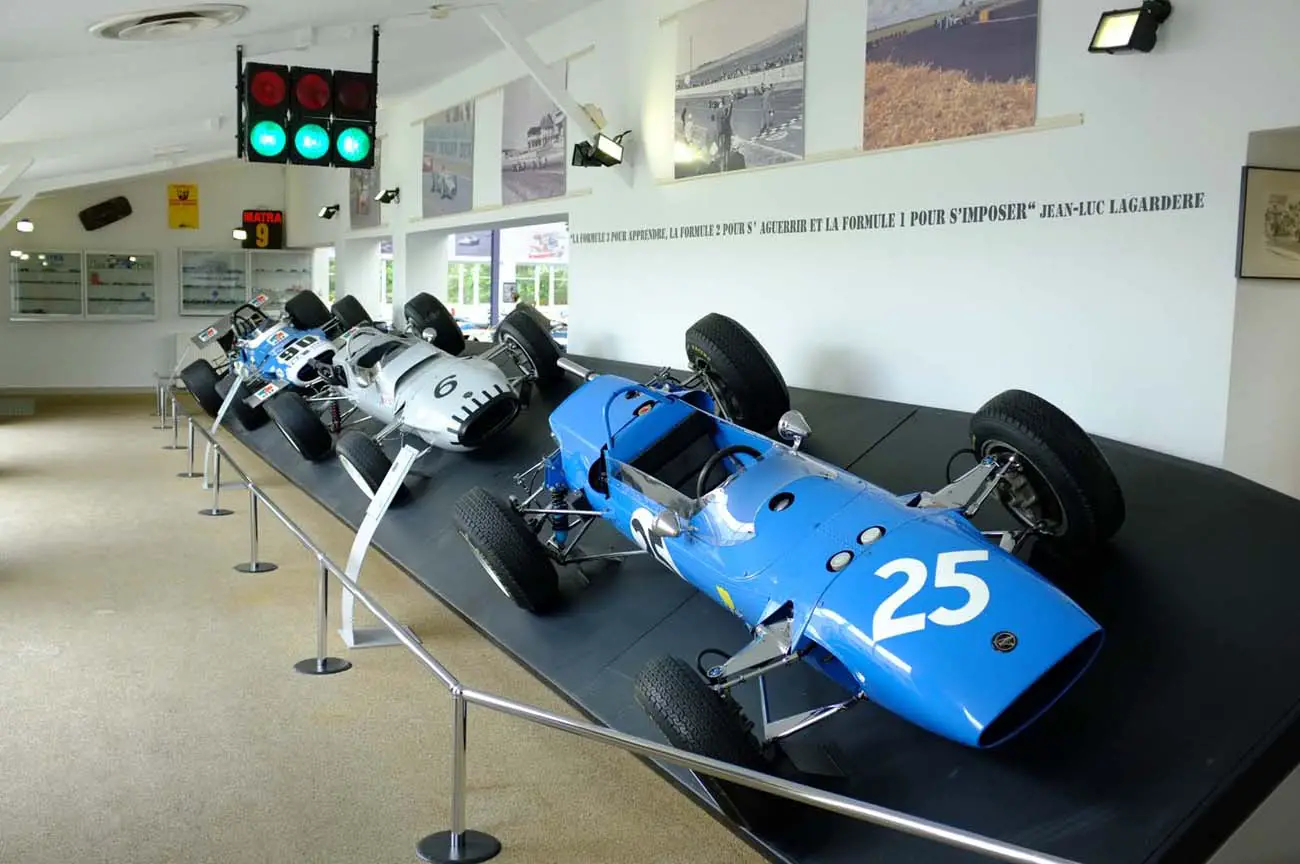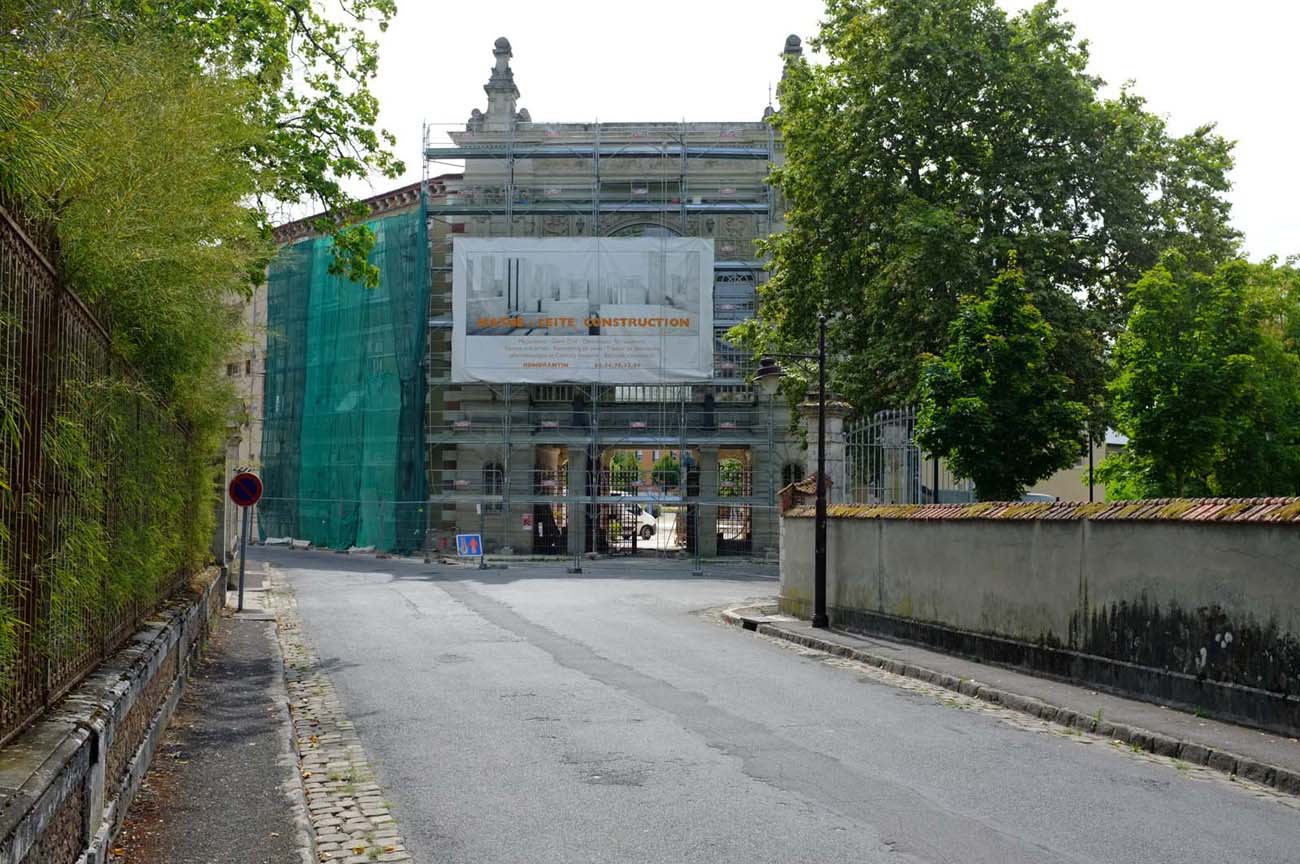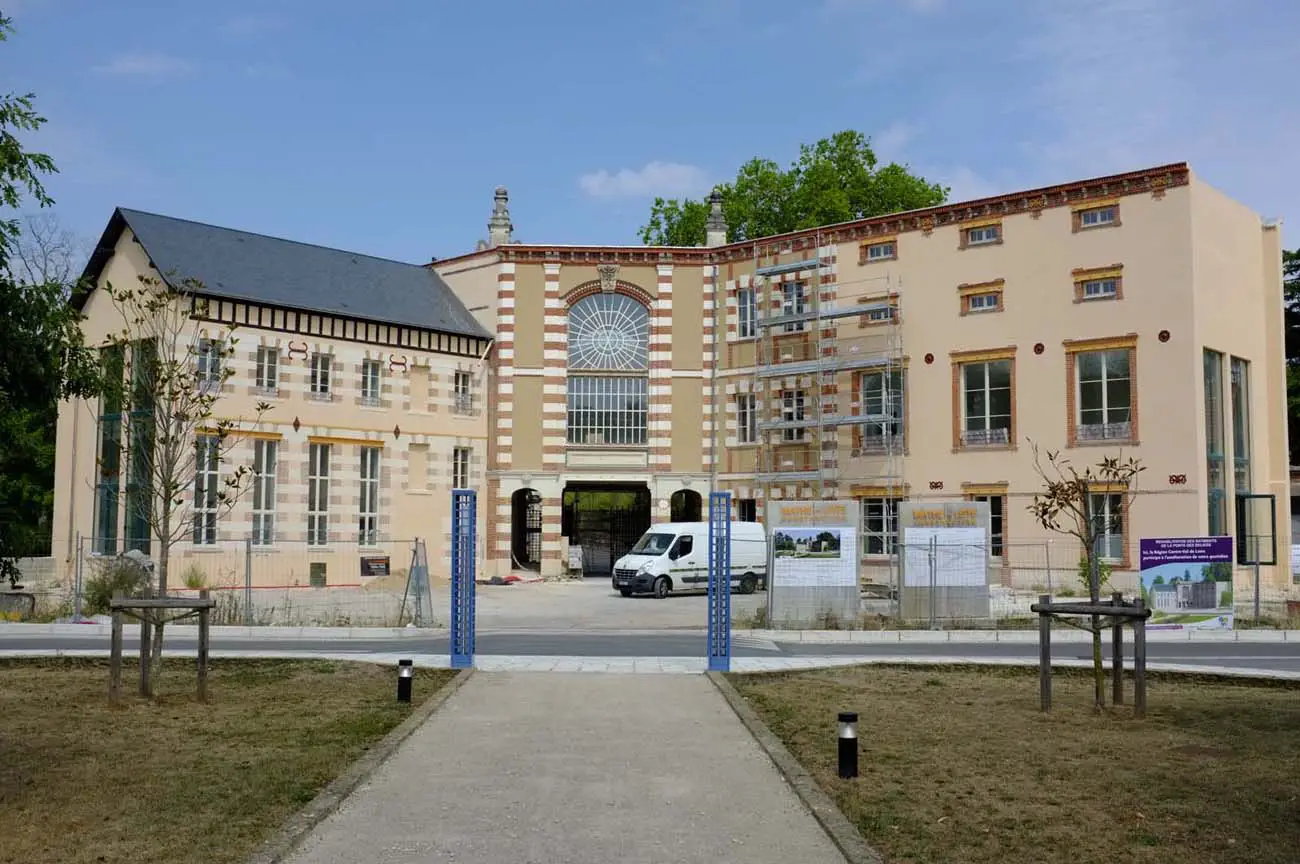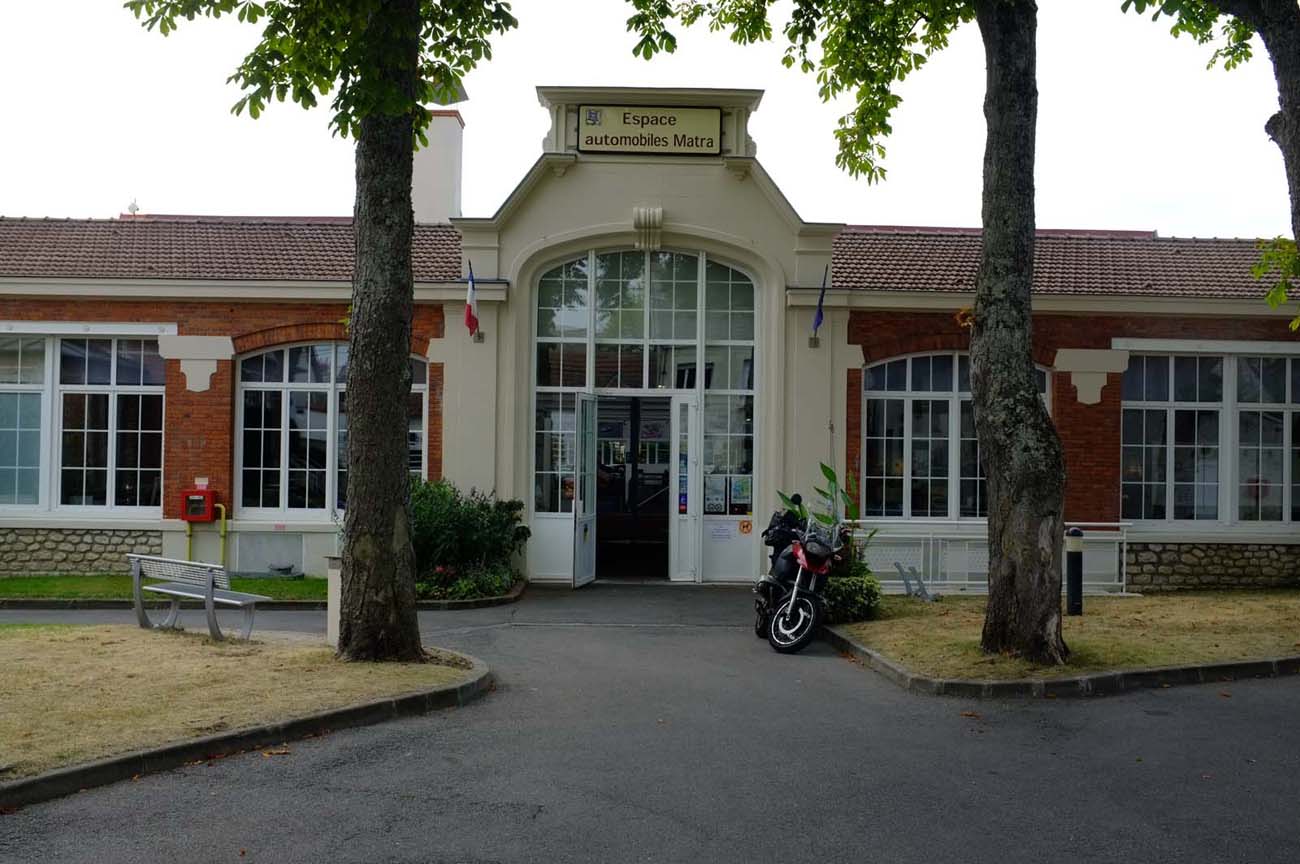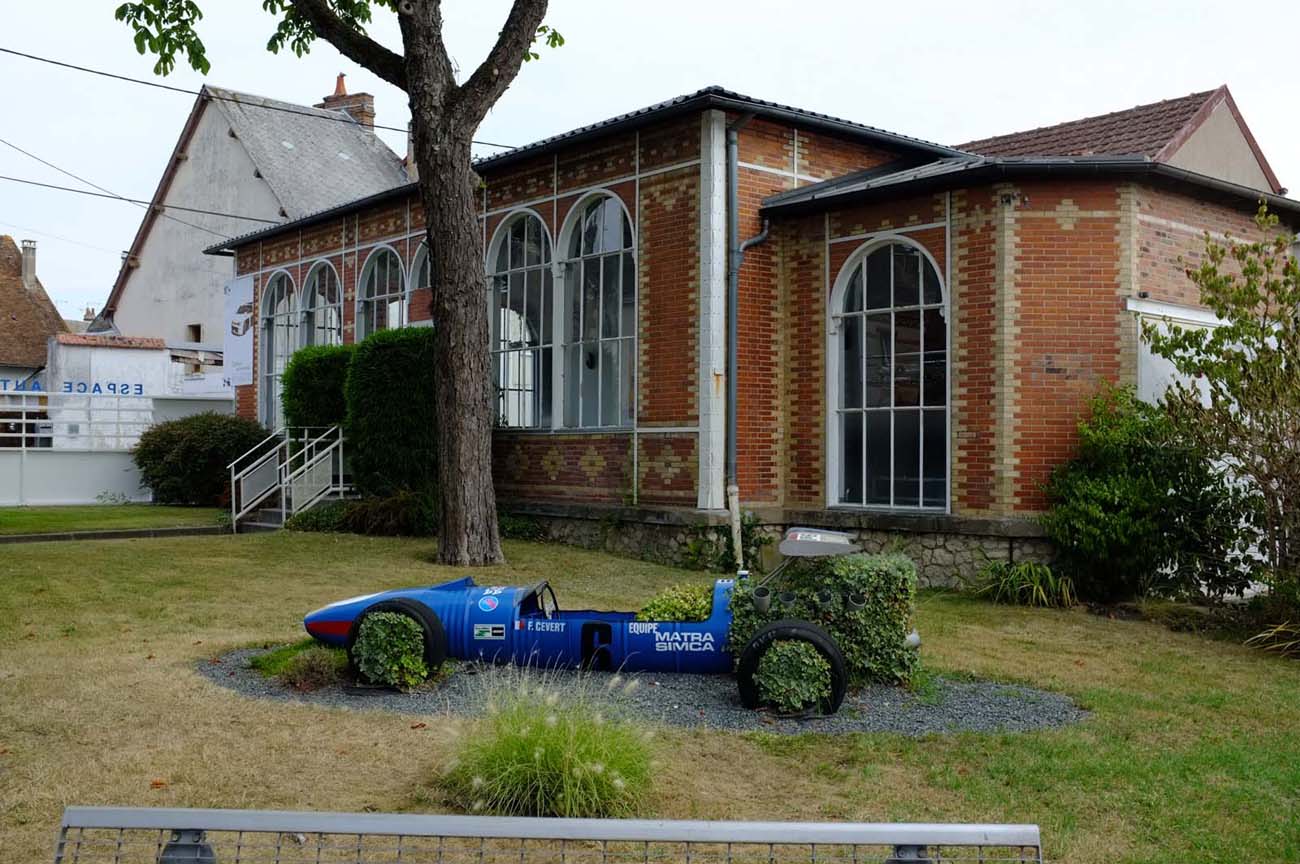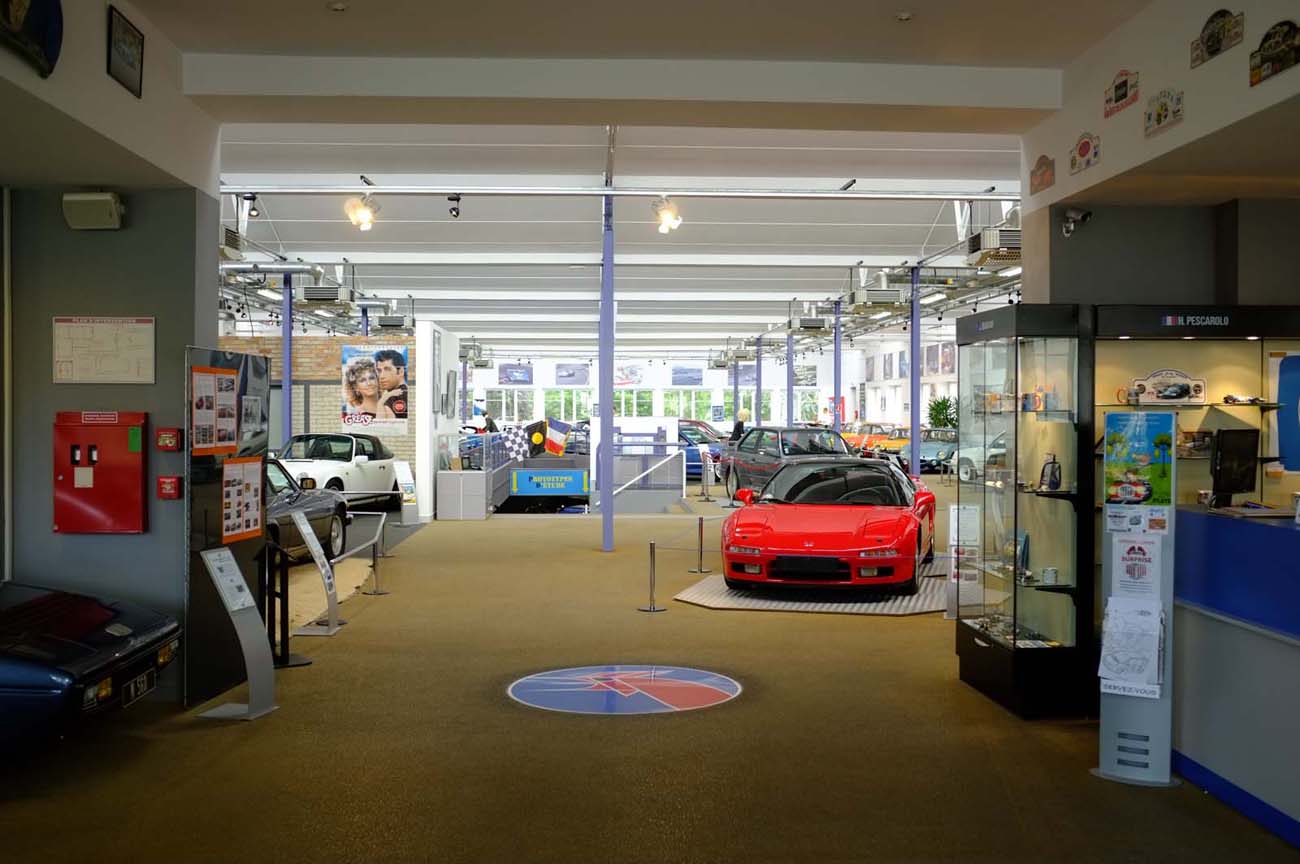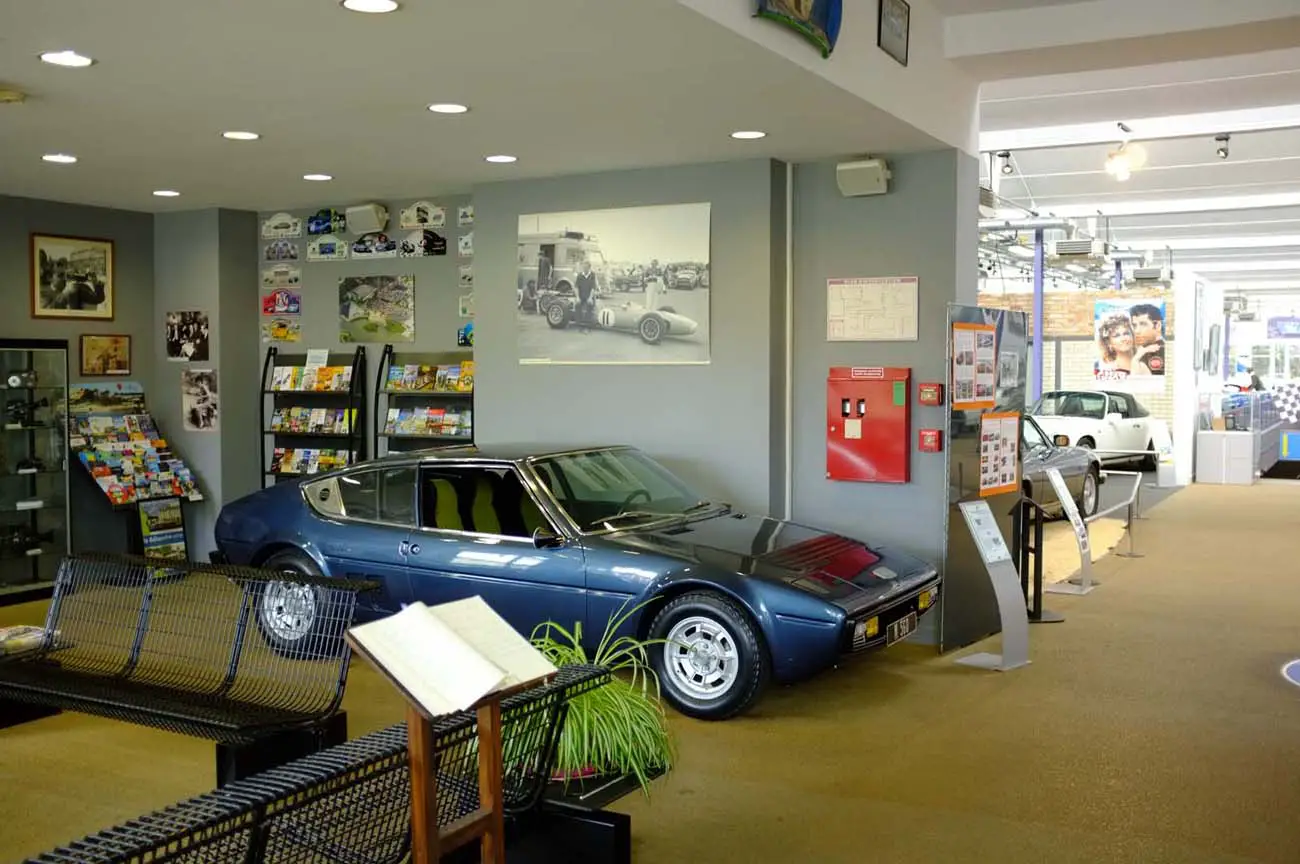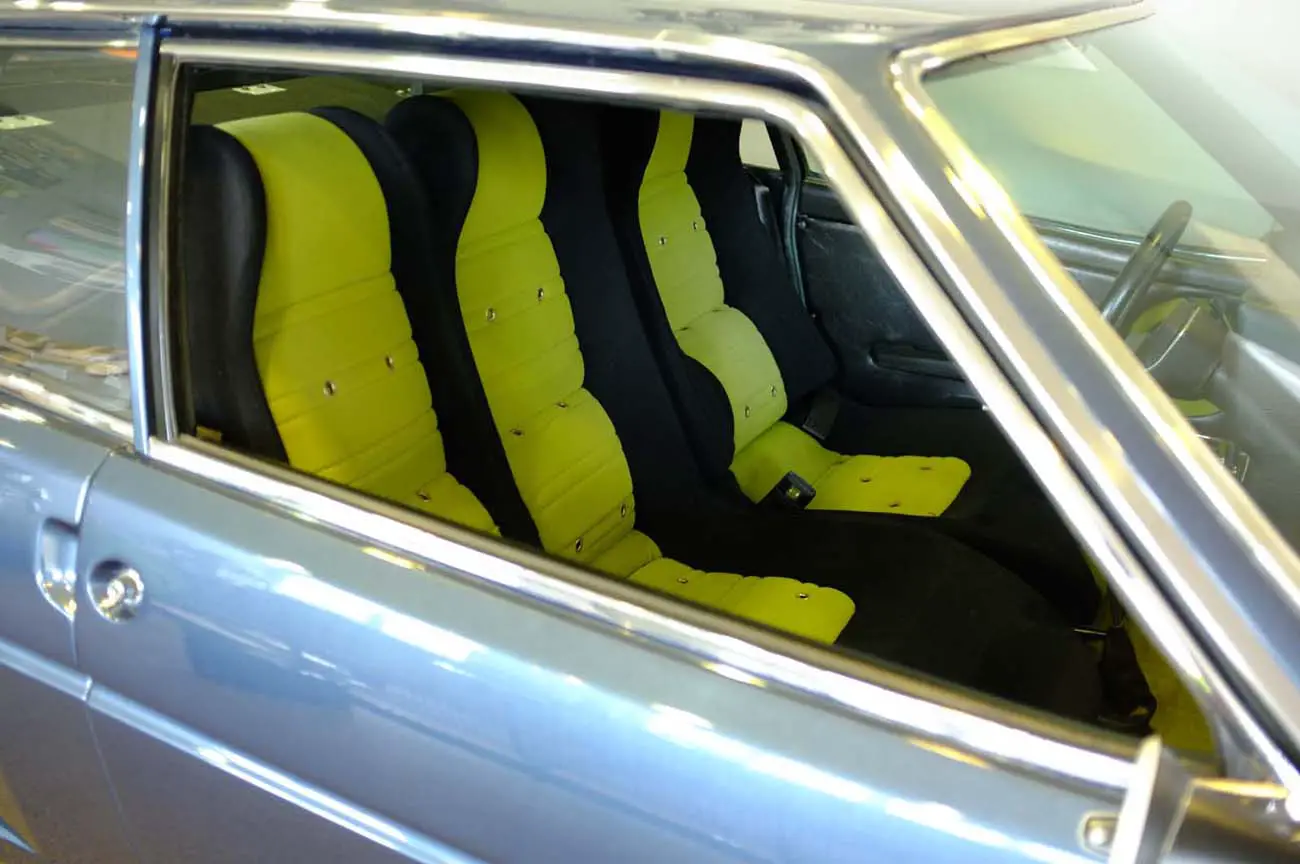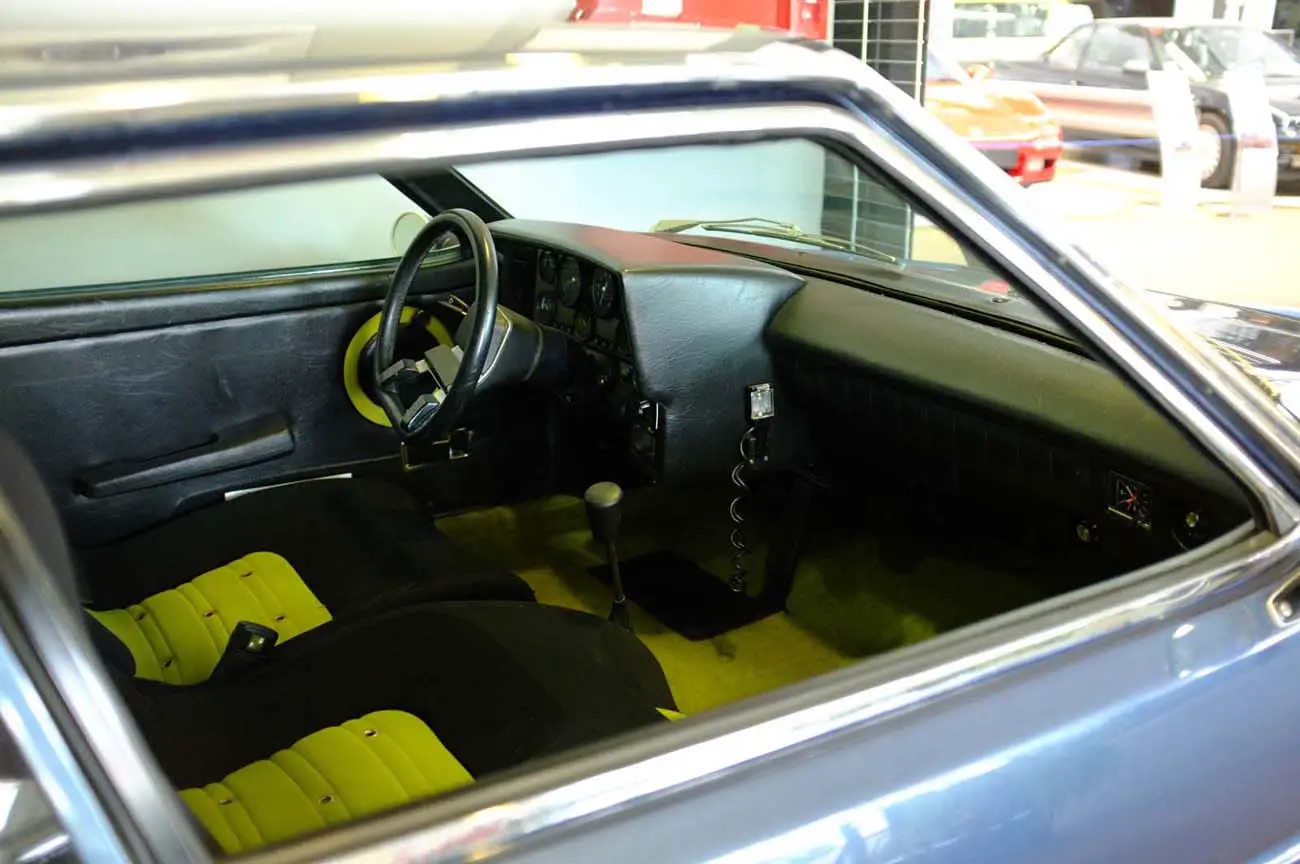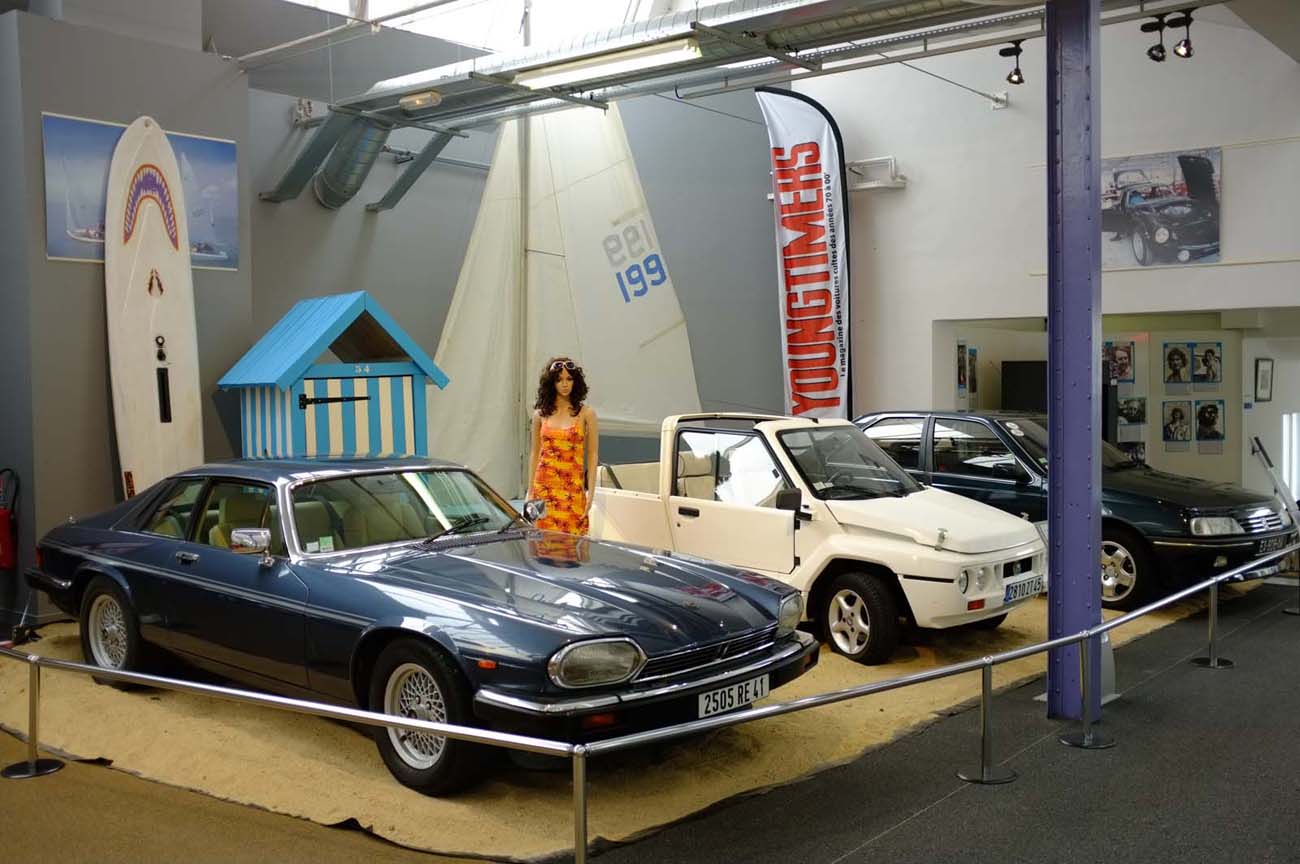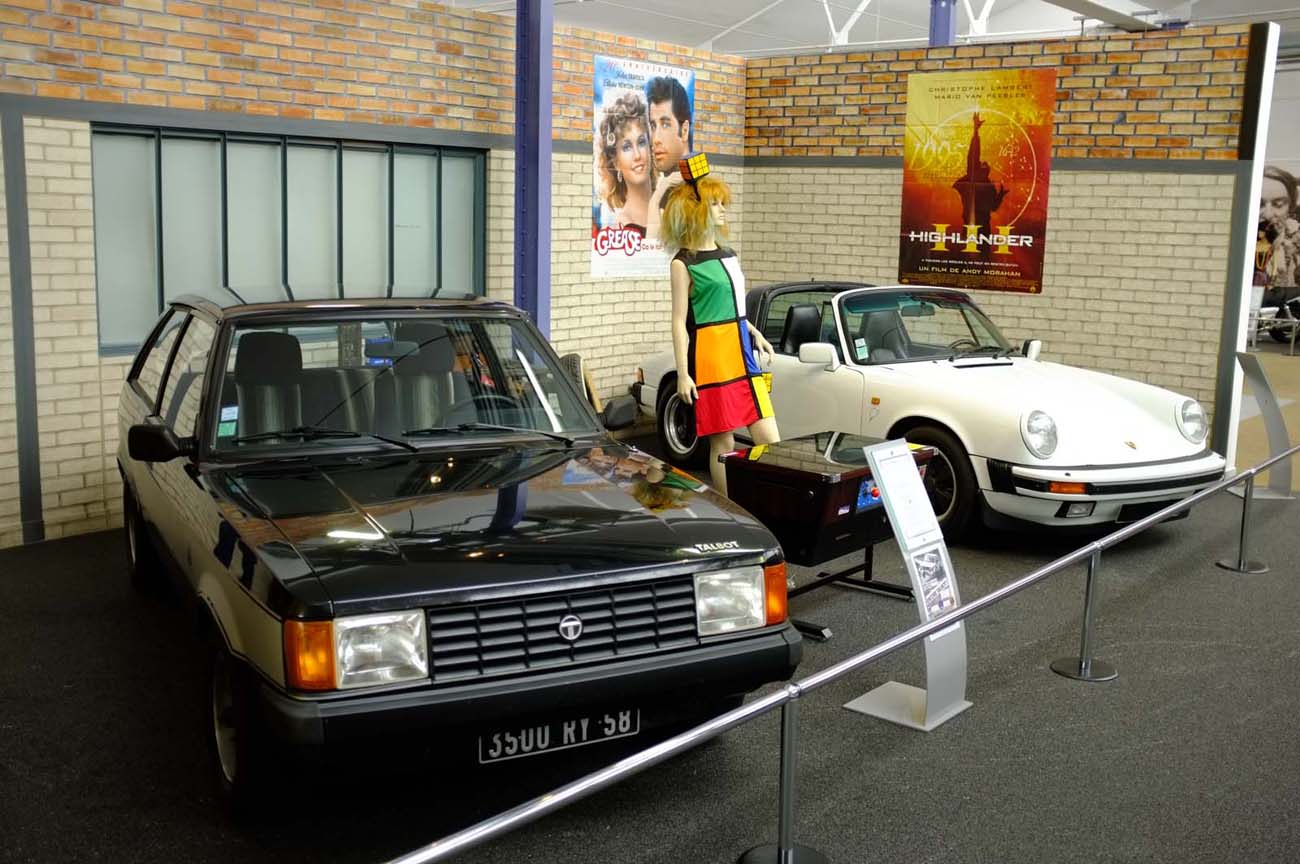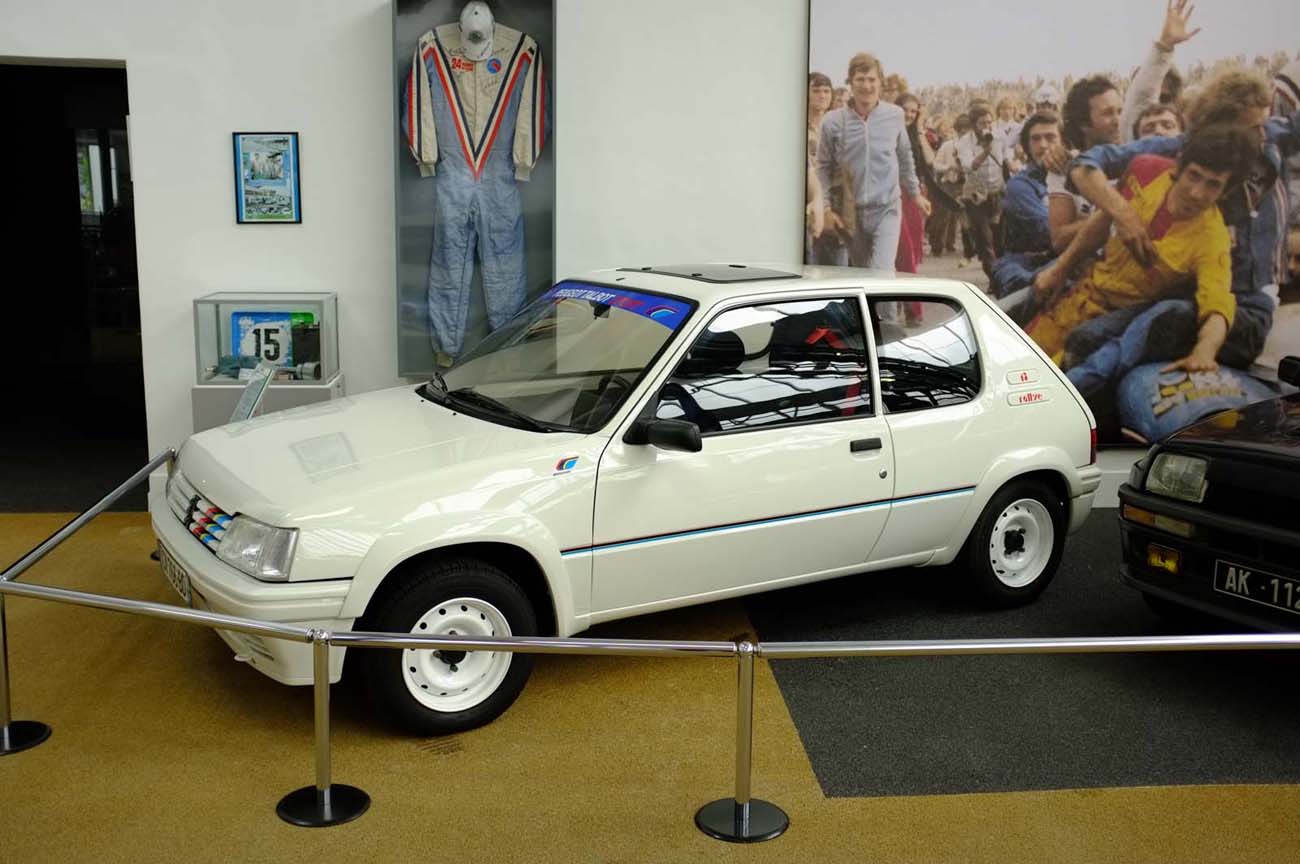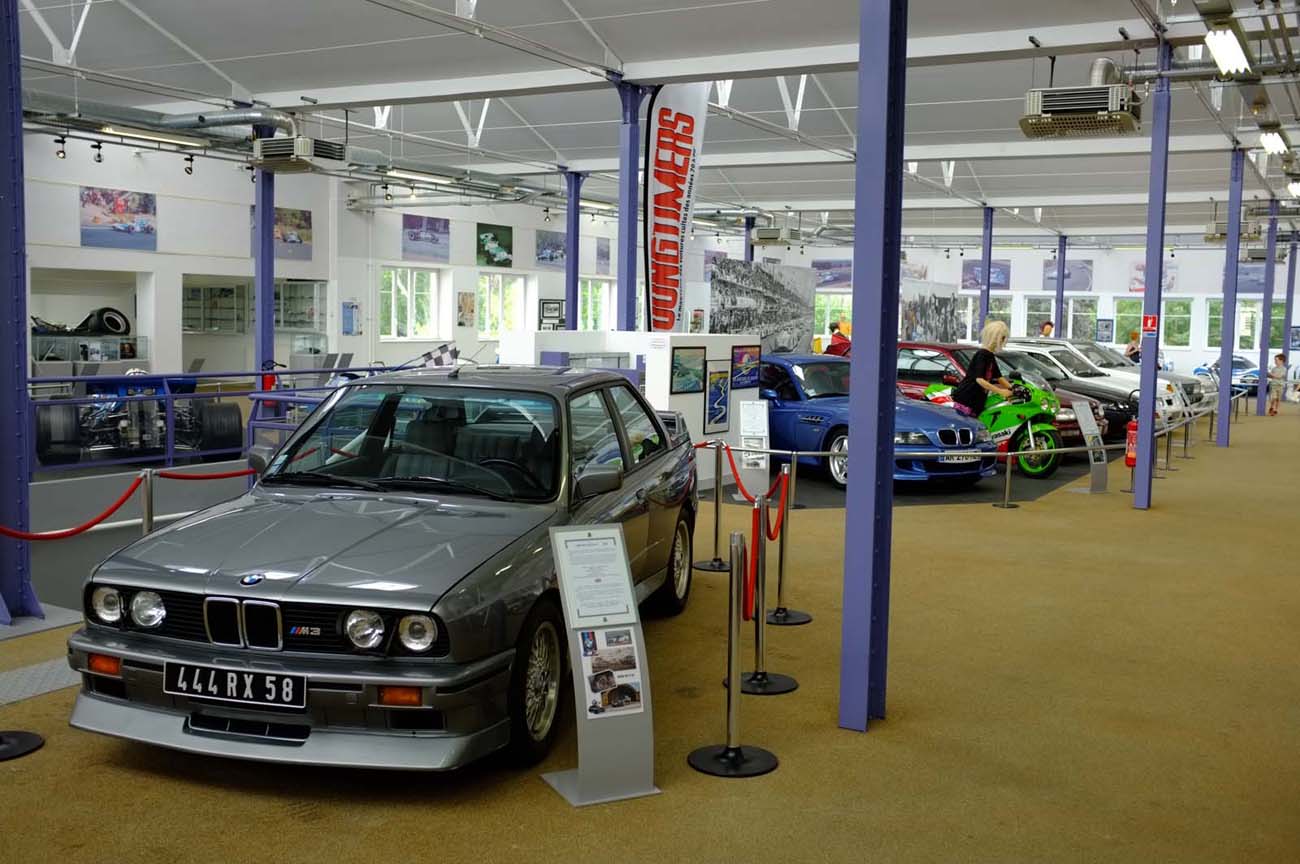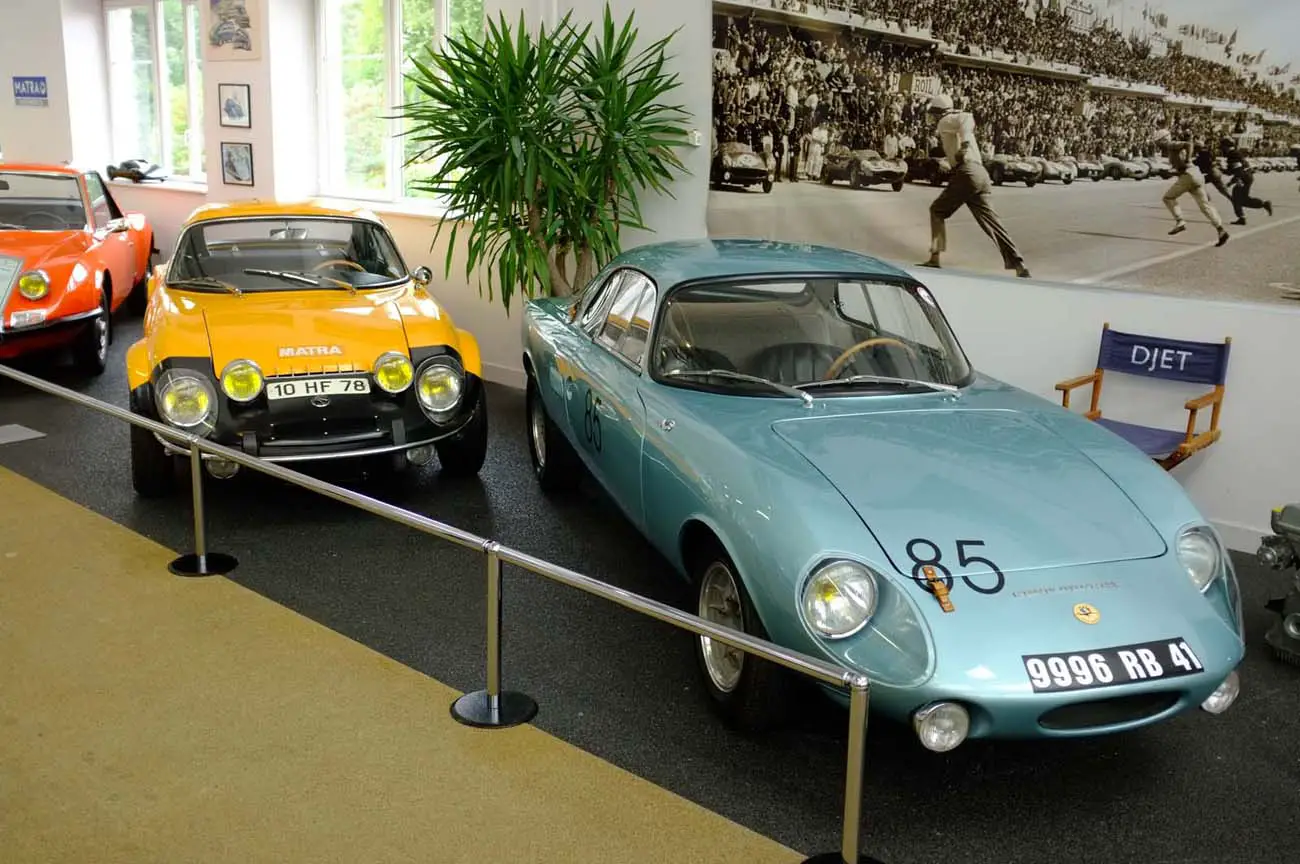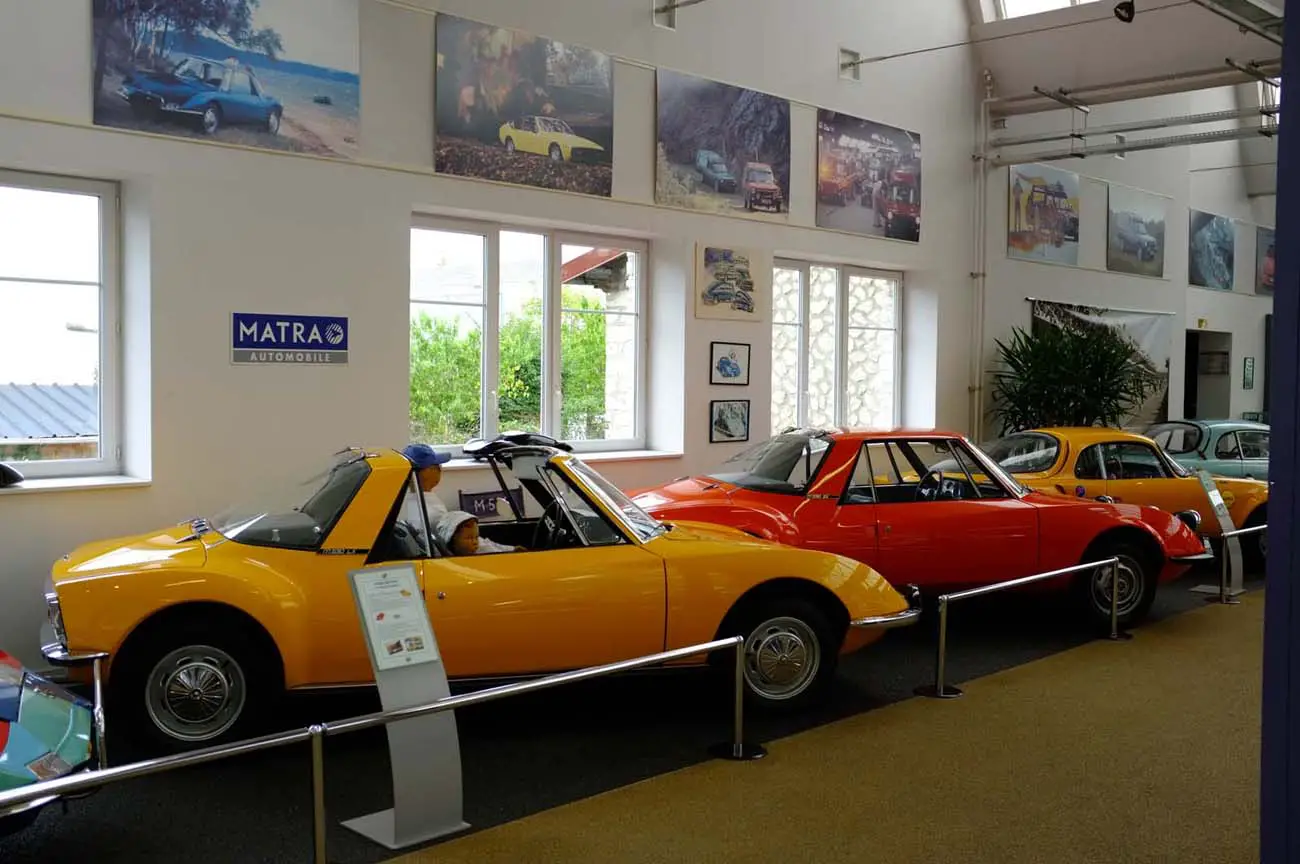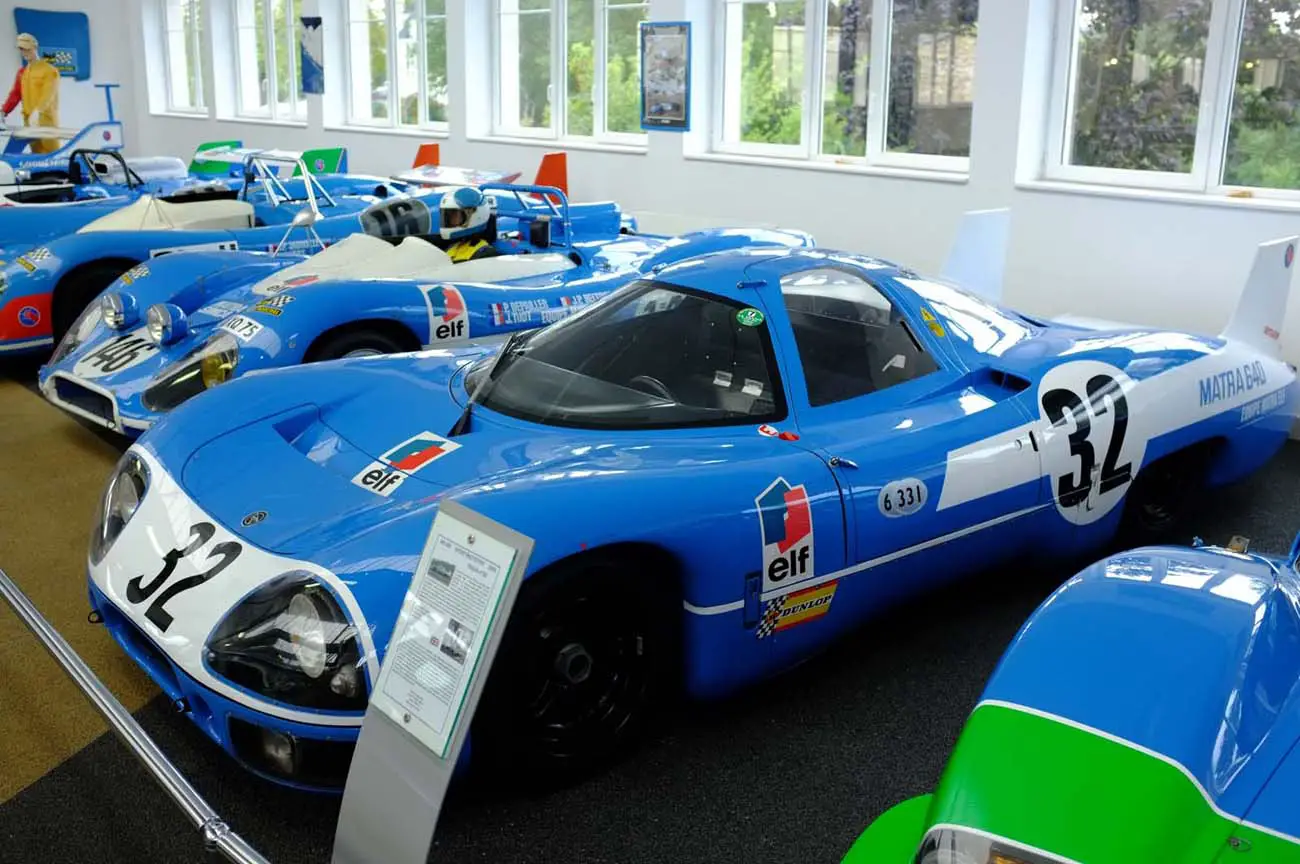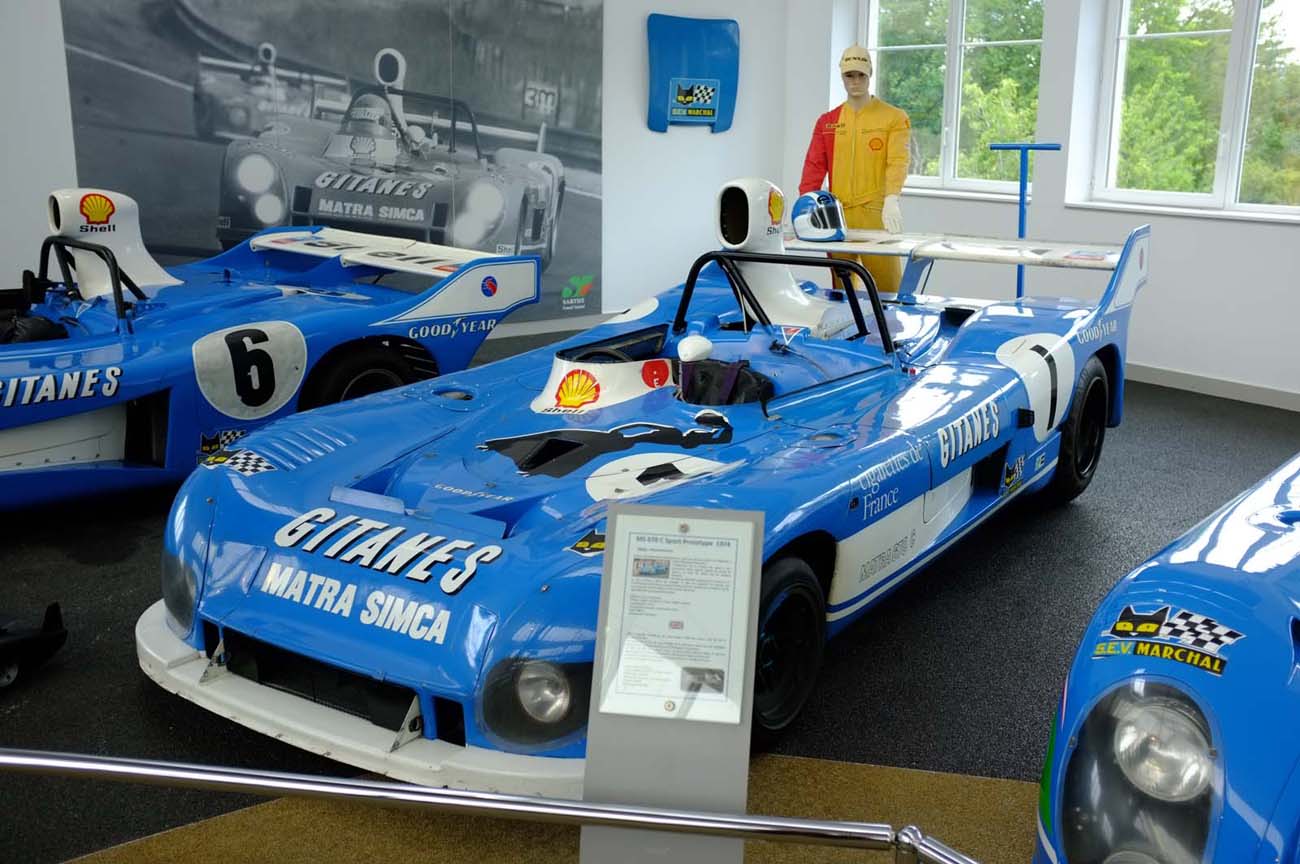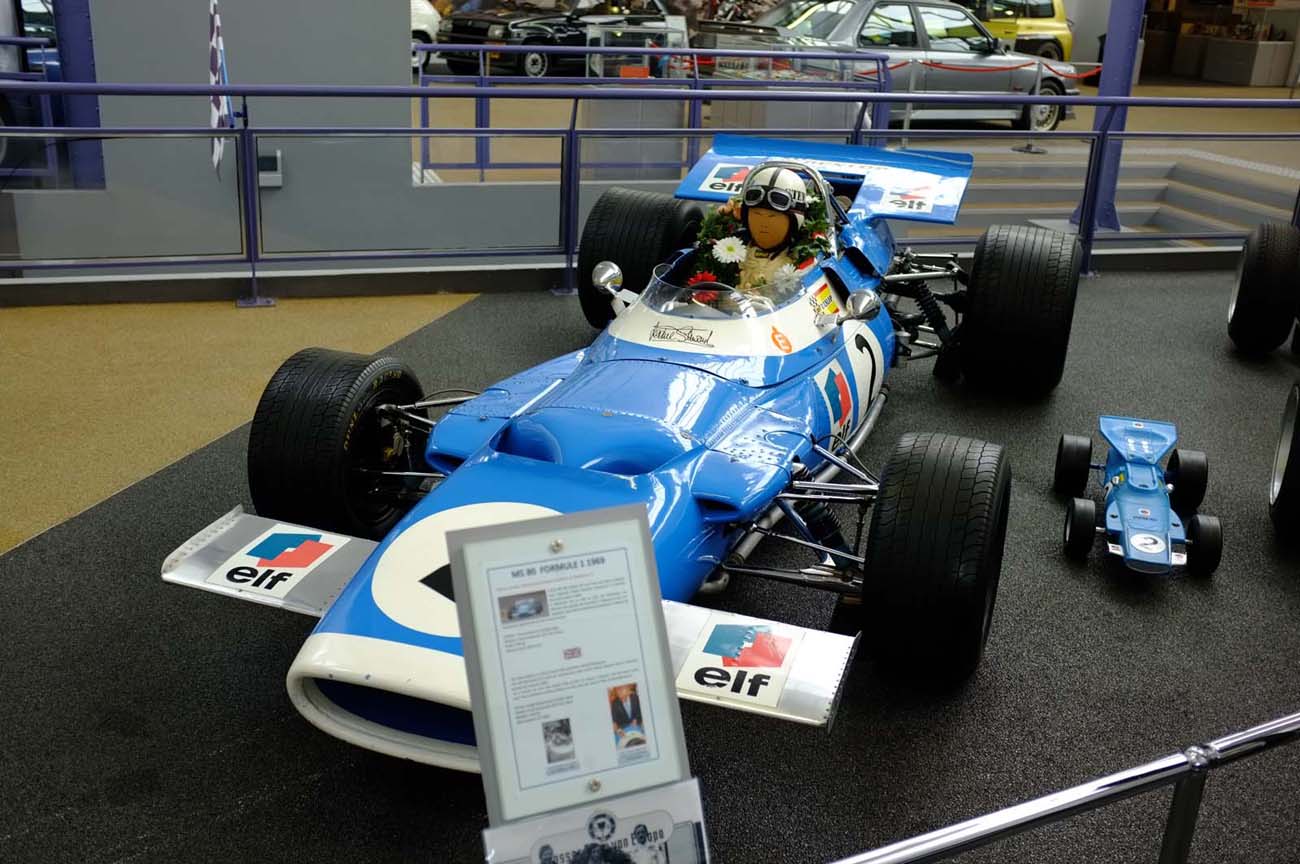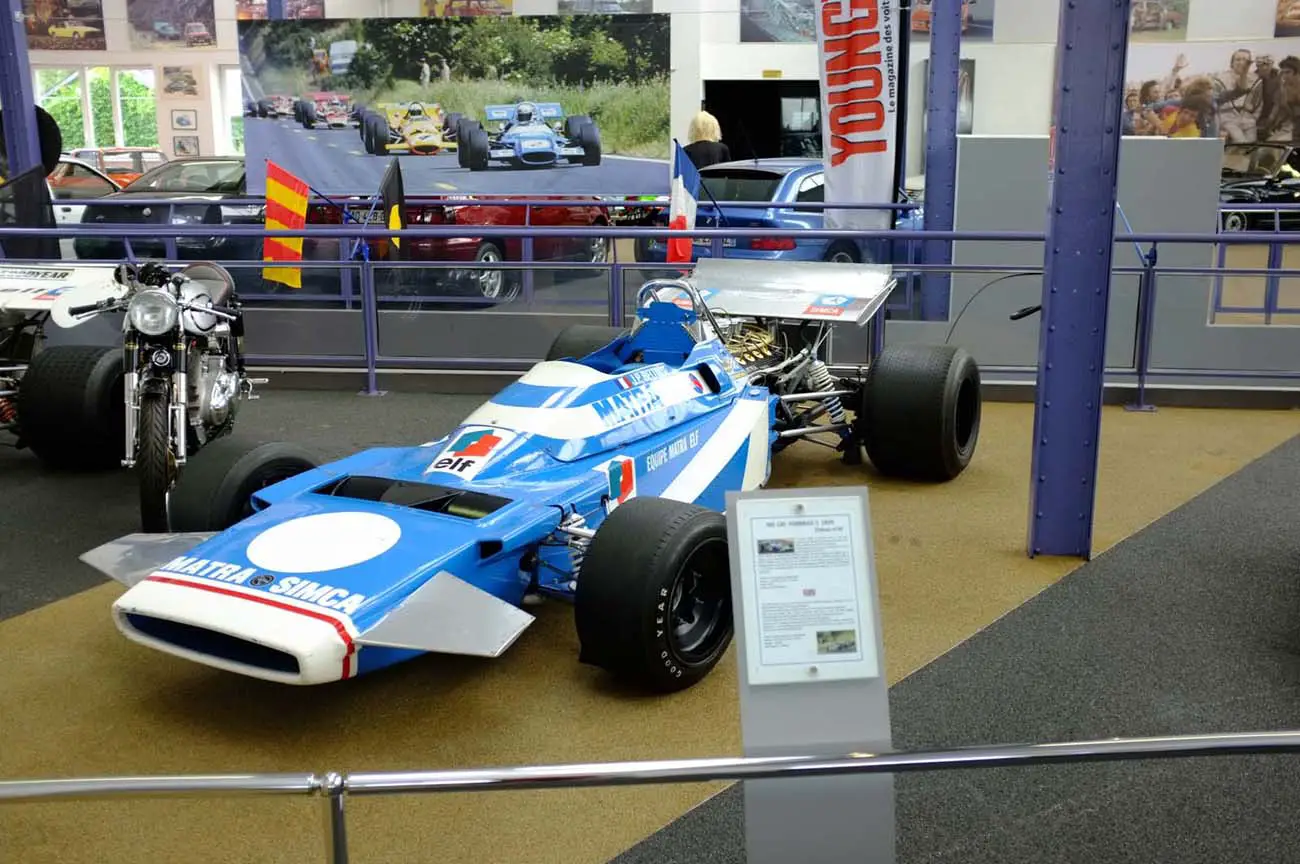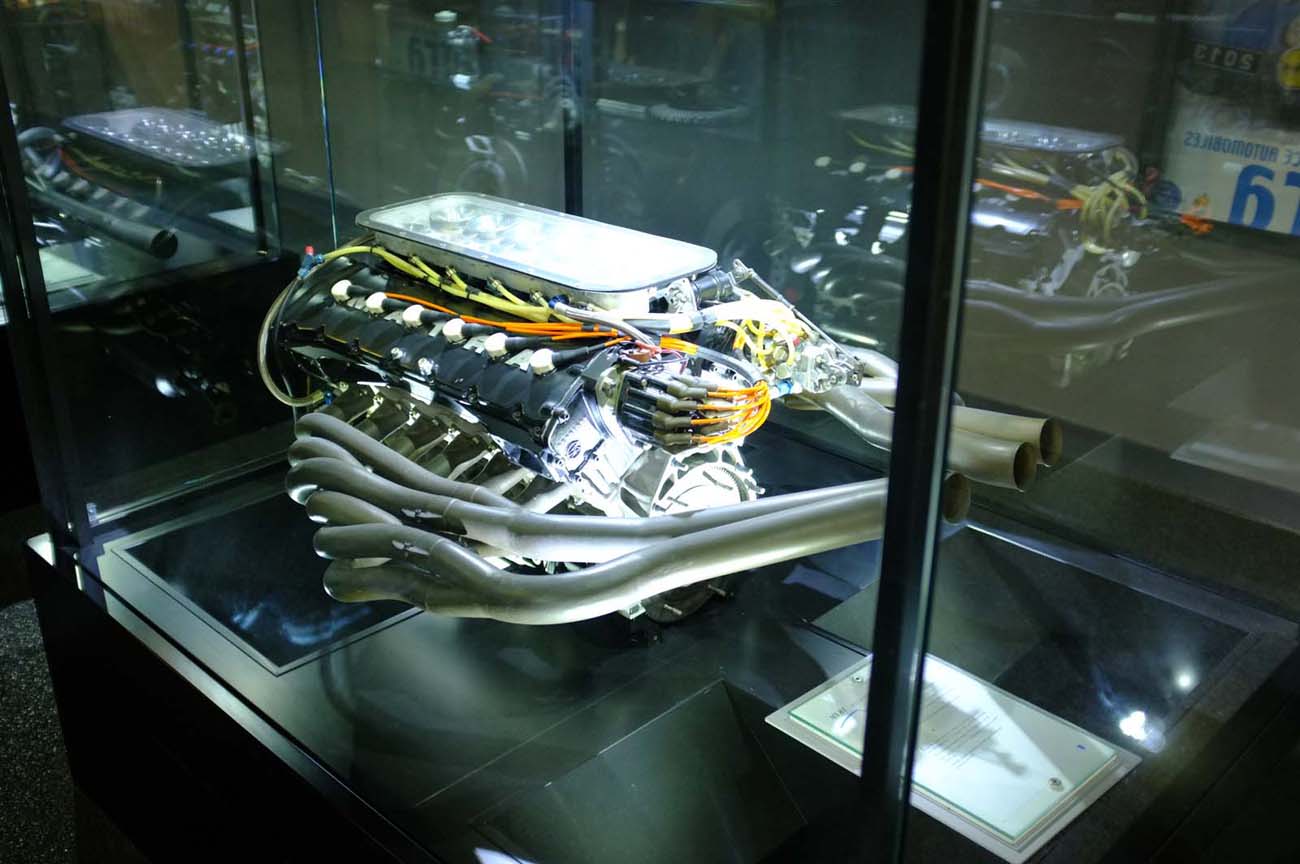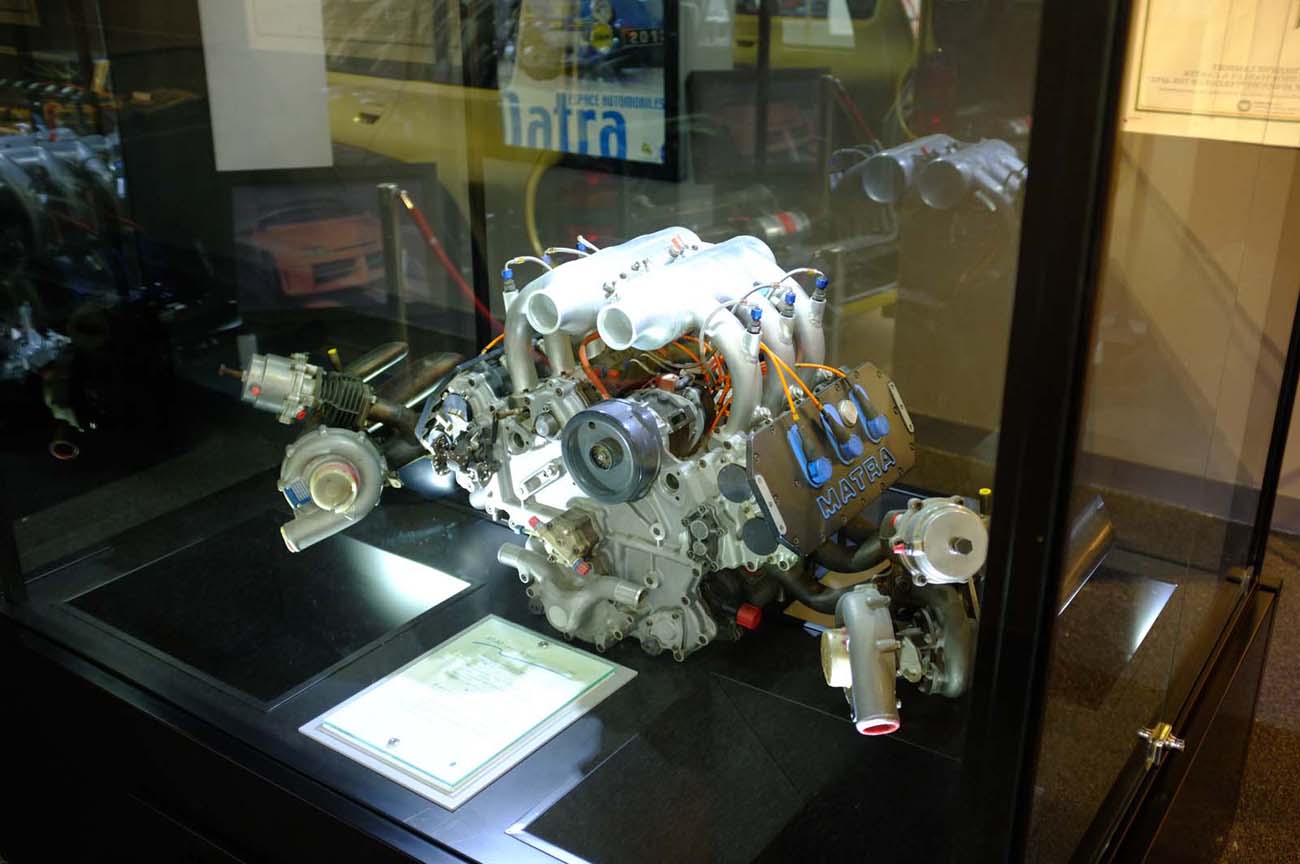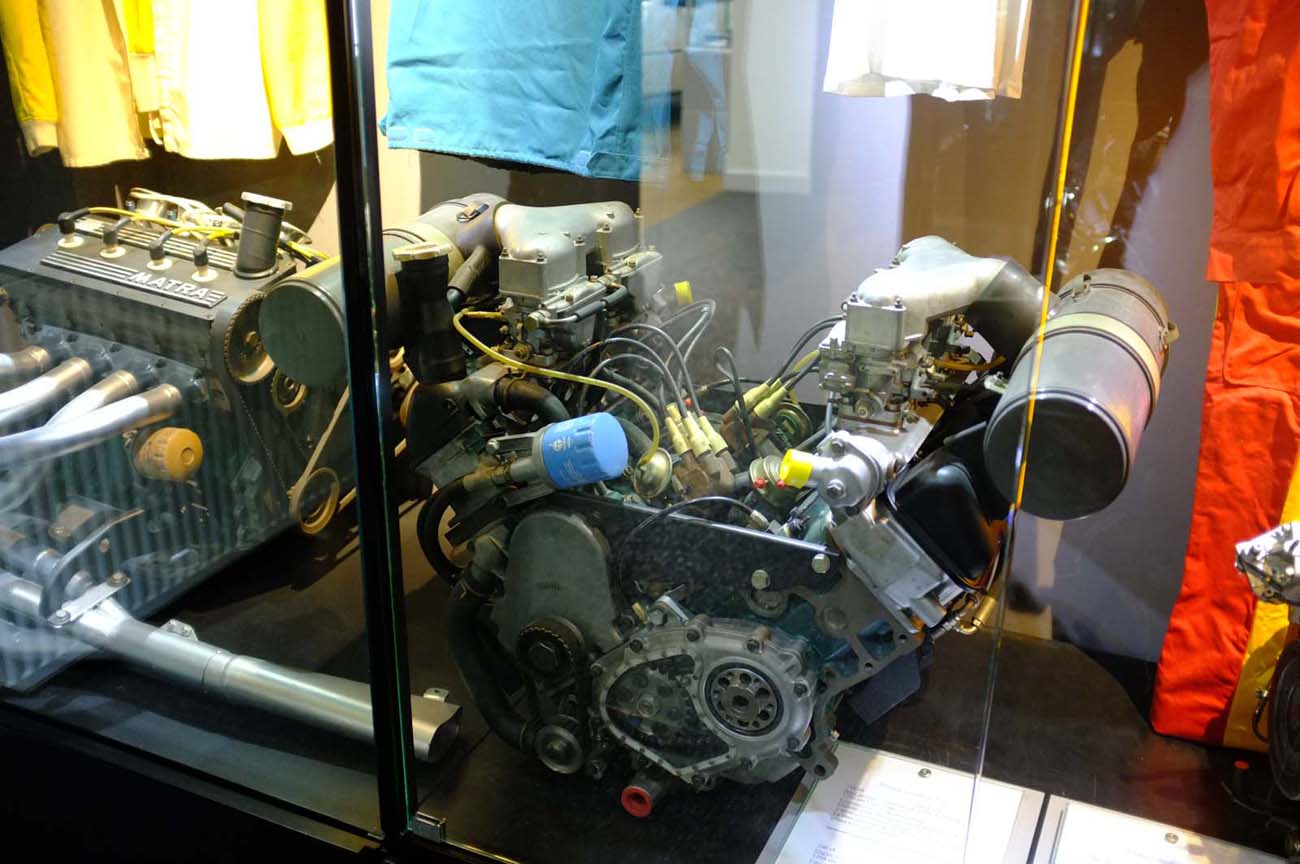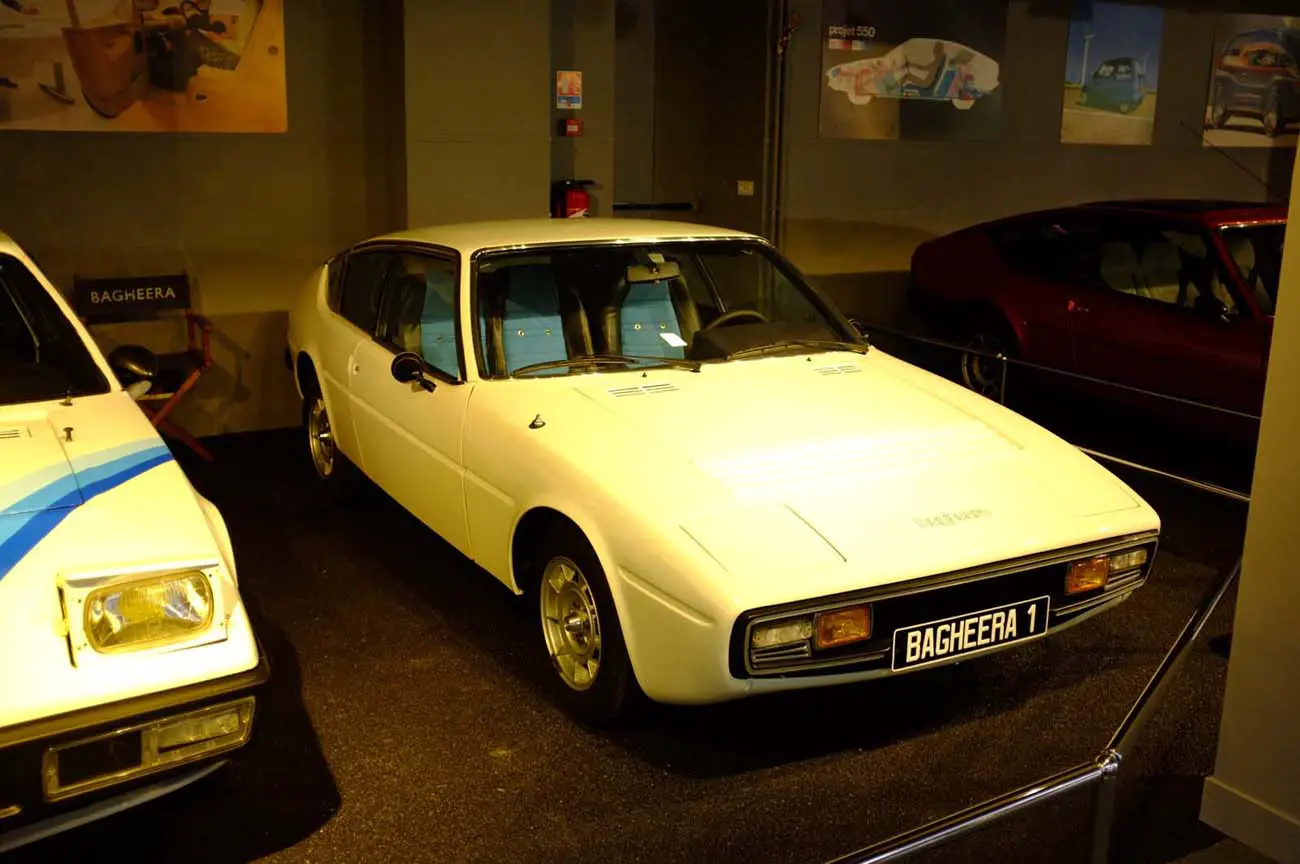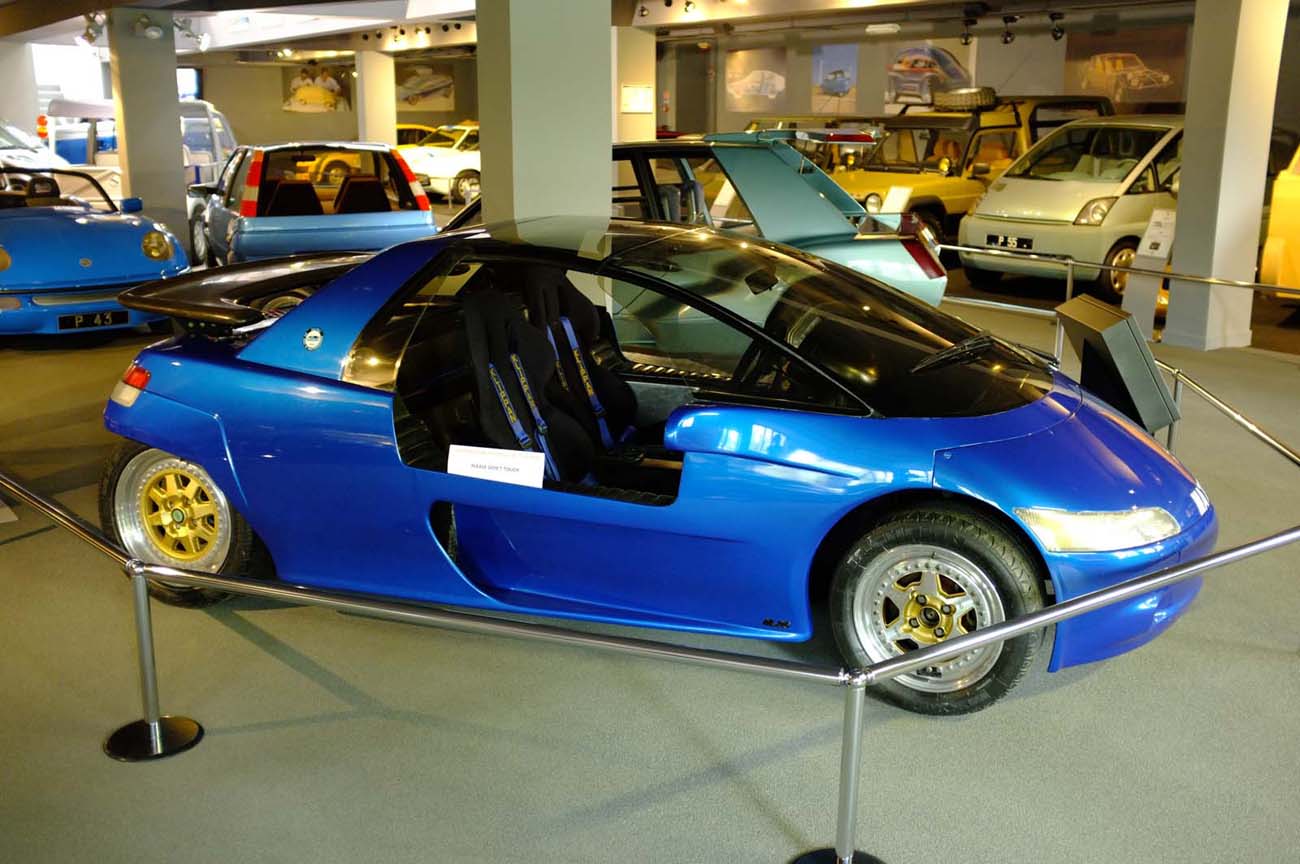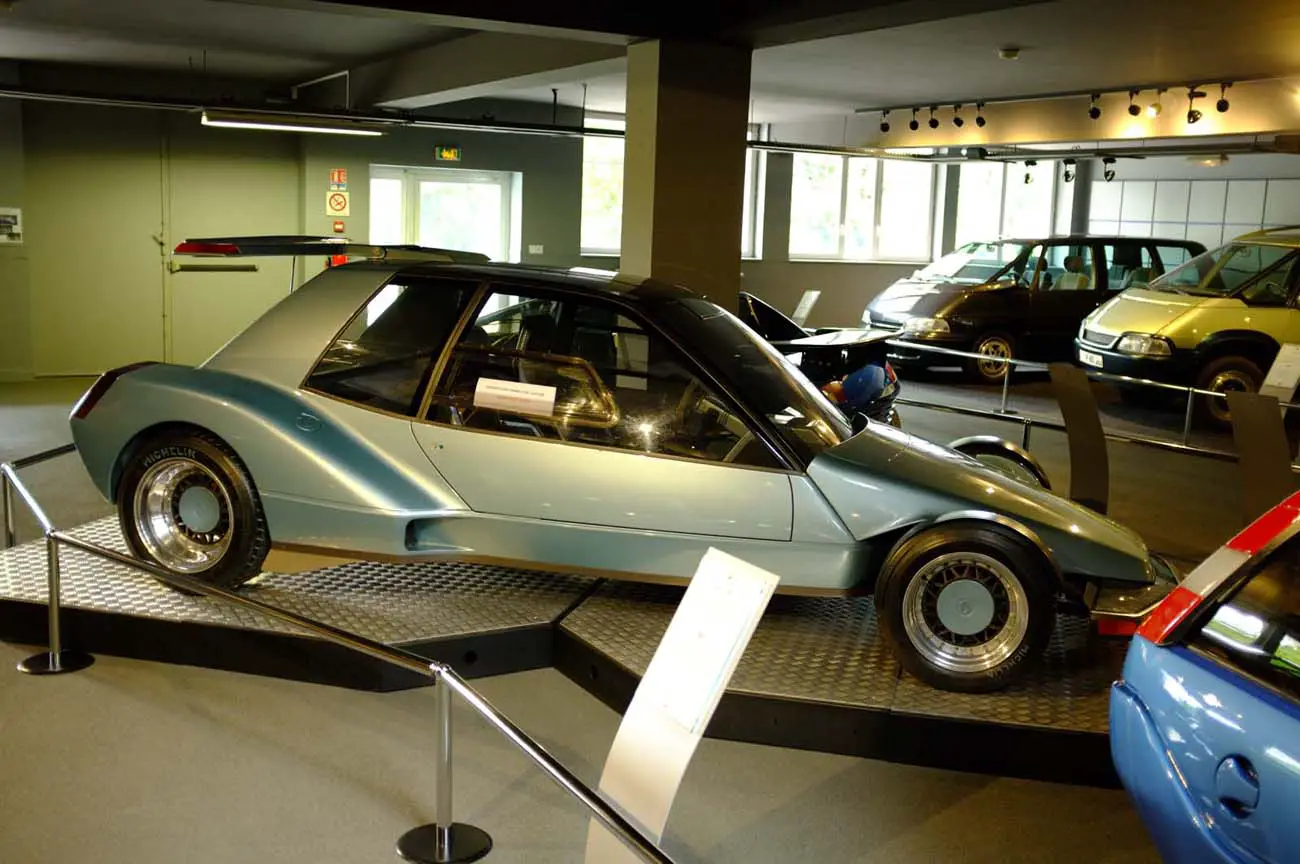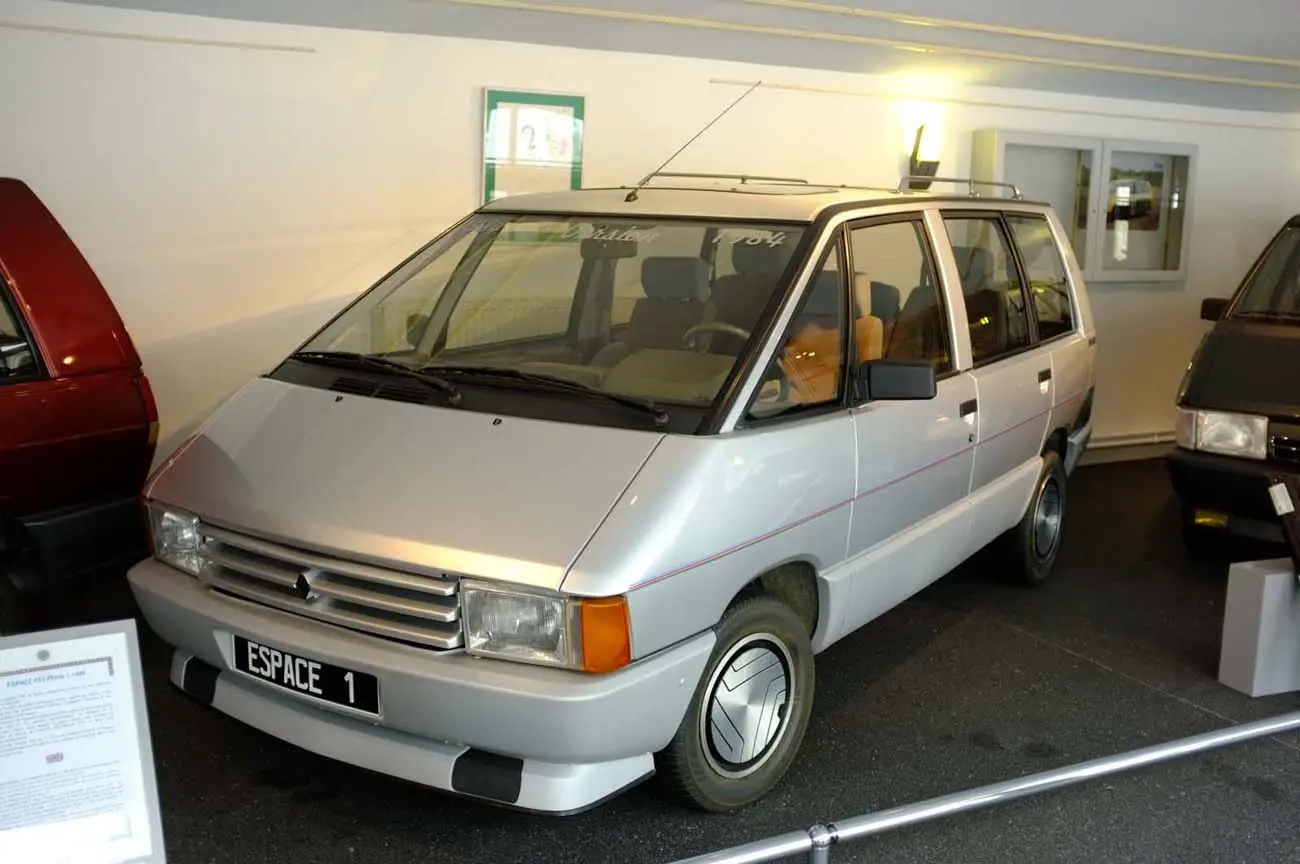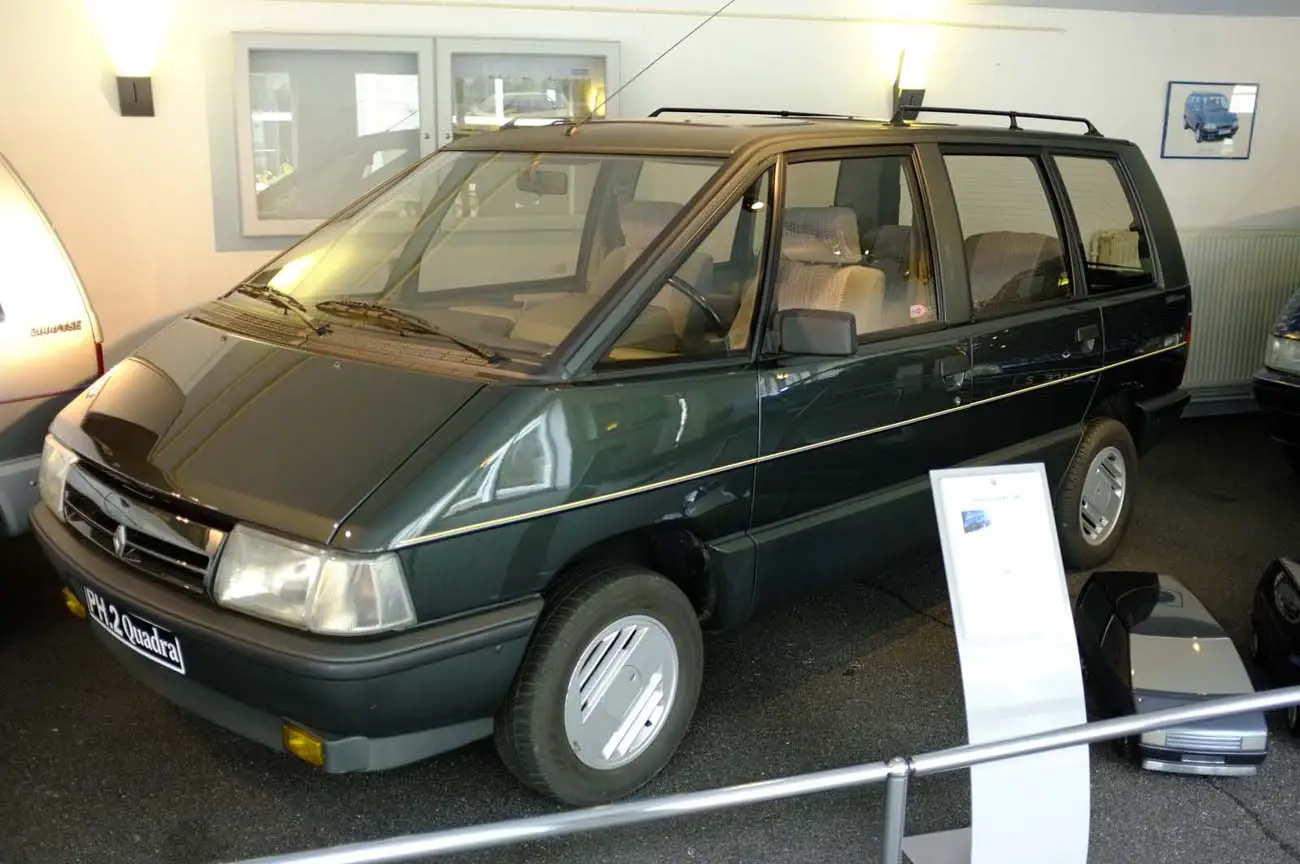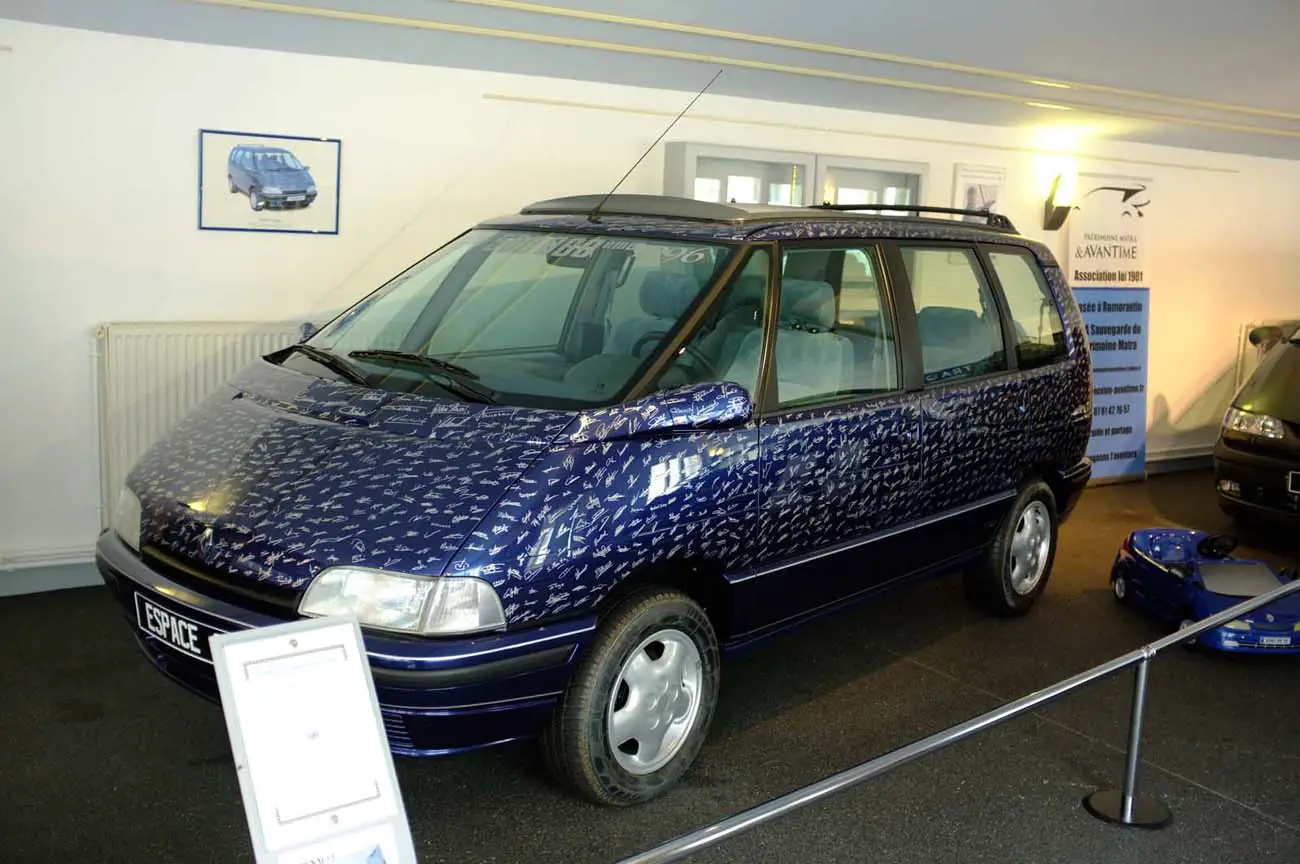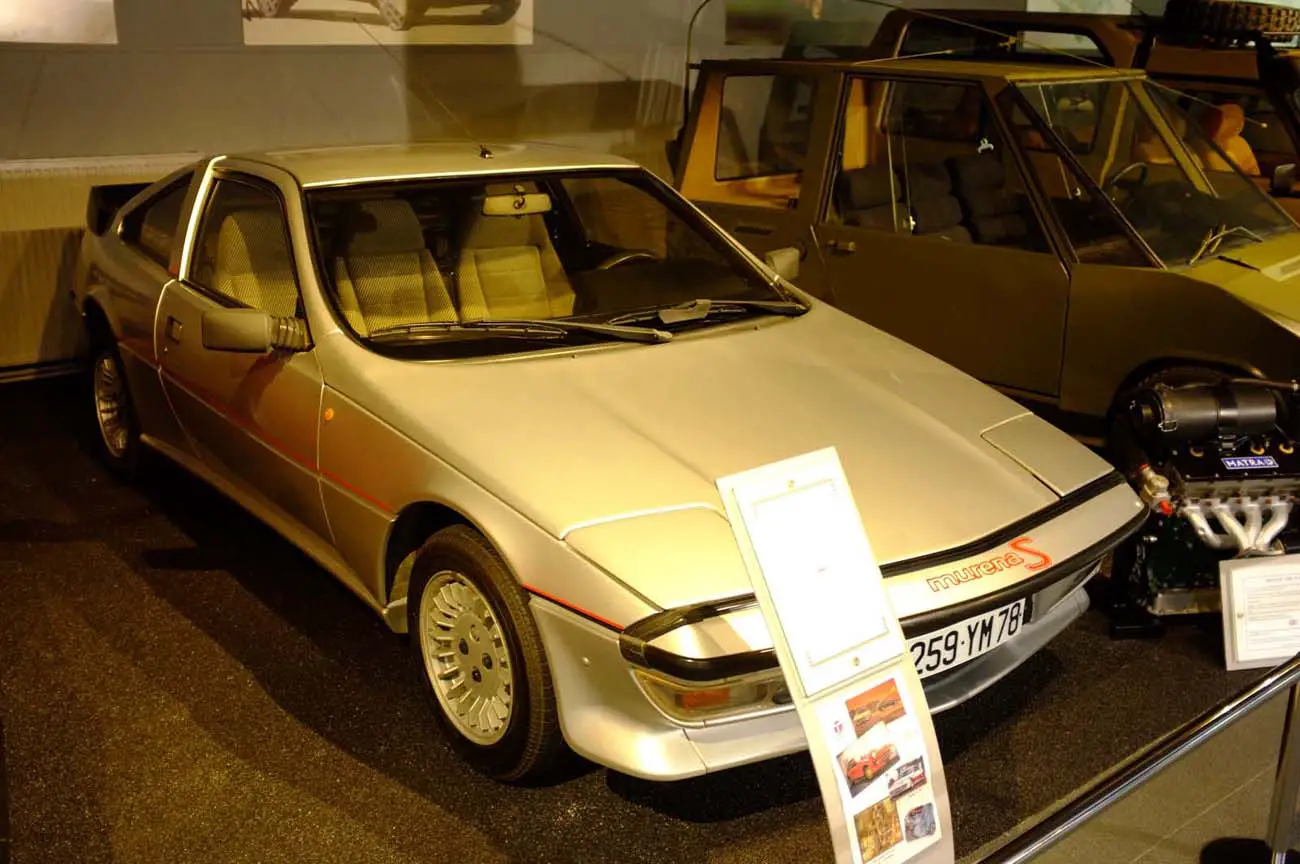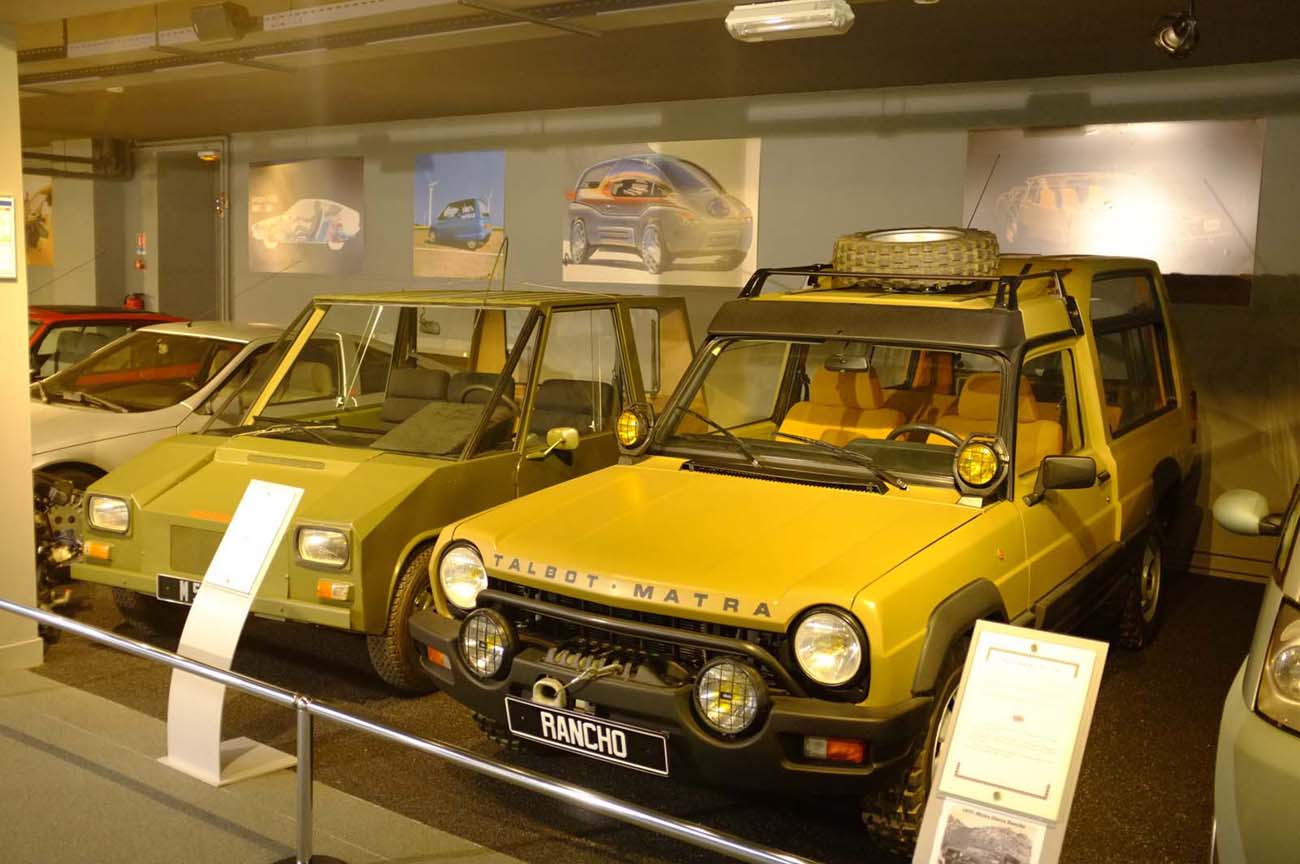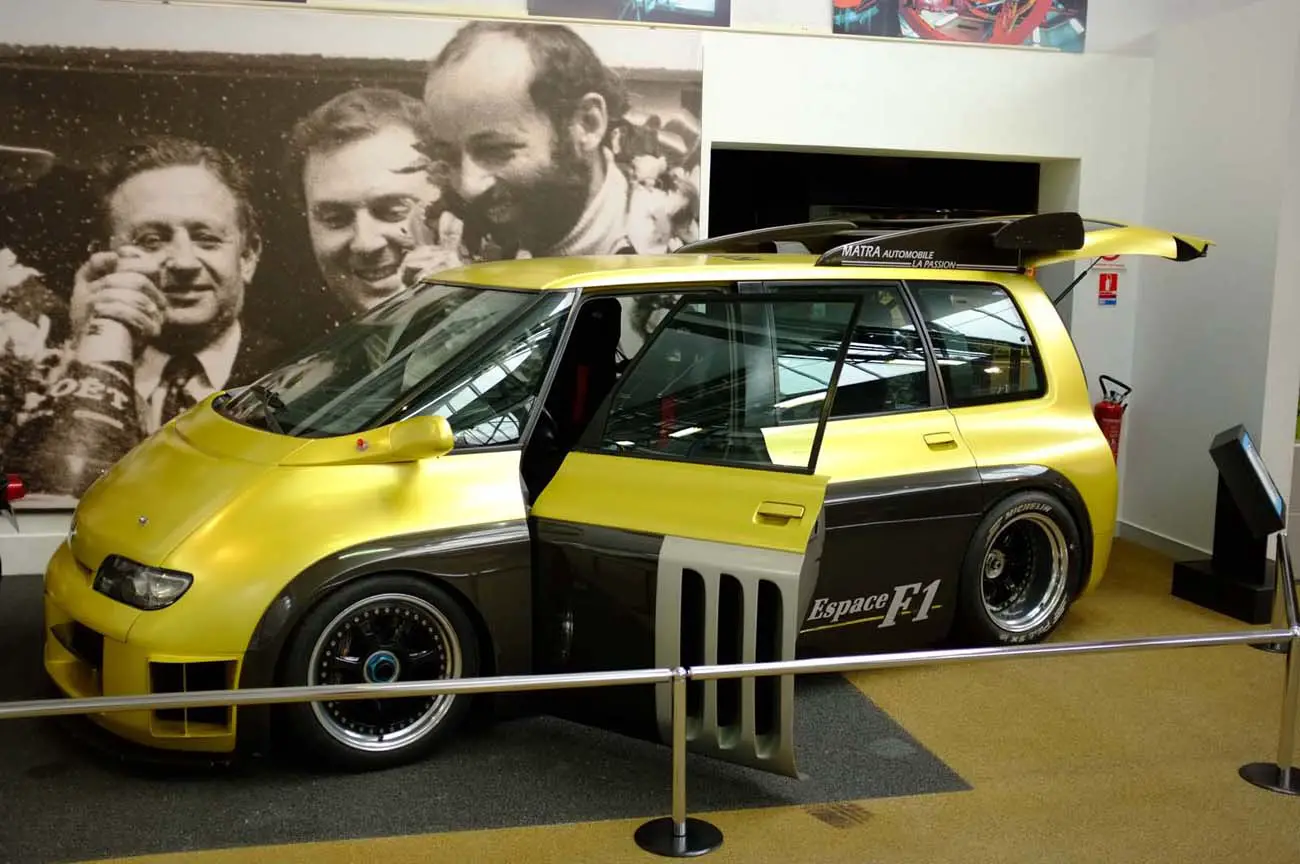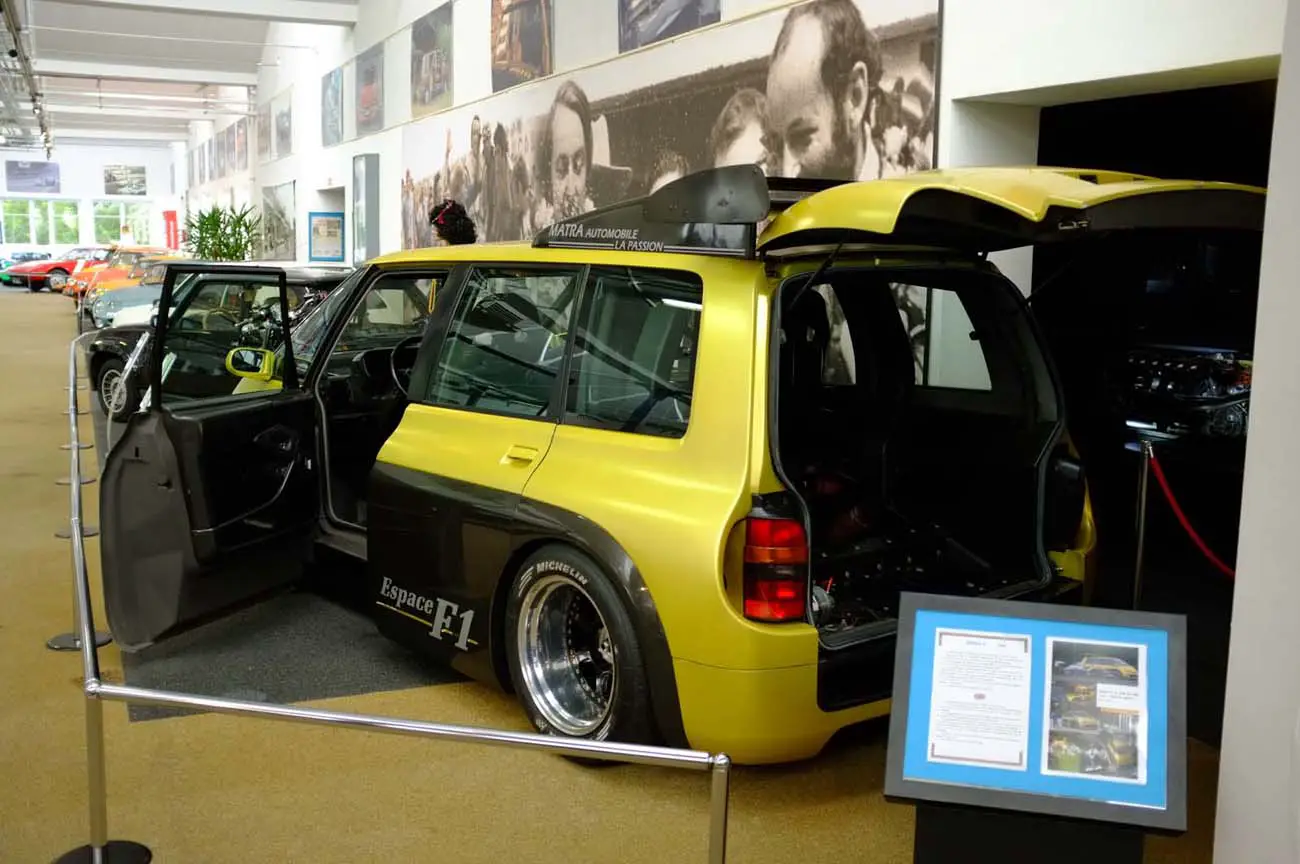
Jalopy Musee Espace Automobiles Matra Museum visit.
The name Matra should resonate with any historic racing fan, famous for Formula 1, sports prototypes and engines. There’s nothing quite like a Matra V12 and there probably never will be. Matra, coming from Mécanique Aviation Traction, was a small French company with it’s home in the pleasant town of Romorantin-Lanthenay, Loire-et-Cher. Sitting on the Sauldre river the town is rather pretty, with the old buildings overlooking the banks. The town centre being on a small island, Matra on the Eastern side of the river being in close proximity.
Matra was originally founded in 1945 by Marcel Chassagny, originally producing armaments. The car division appeared in 1964, designer René Bonnet getting into financial difficulty during the production of his Djet. The cars were built by Matra in their home of Romorantin, they made the fibreglass bodies and bonded it to the steel chassis. These would later be built under the Matra name replacing that of René.
Production of cars finished in 2003 with Renault discontinuing the Avantime. Pininfarina bought the remains and Matra Automobile Engineering, which contained the testing and prototyping divisions This showed some glimmer of hope they would return, but sadly it was not to be and Matra were sold again.
The factory closed in 2003, having since been demolished to make way for housing and a what looks like a school. The main entrance attained listed building status and has been preserved and restored. It’s a rather nice building too, rumour has it that it will be come apartments, I’d better put my name down. You can make out the shape of the entrance through the scaffolding.
